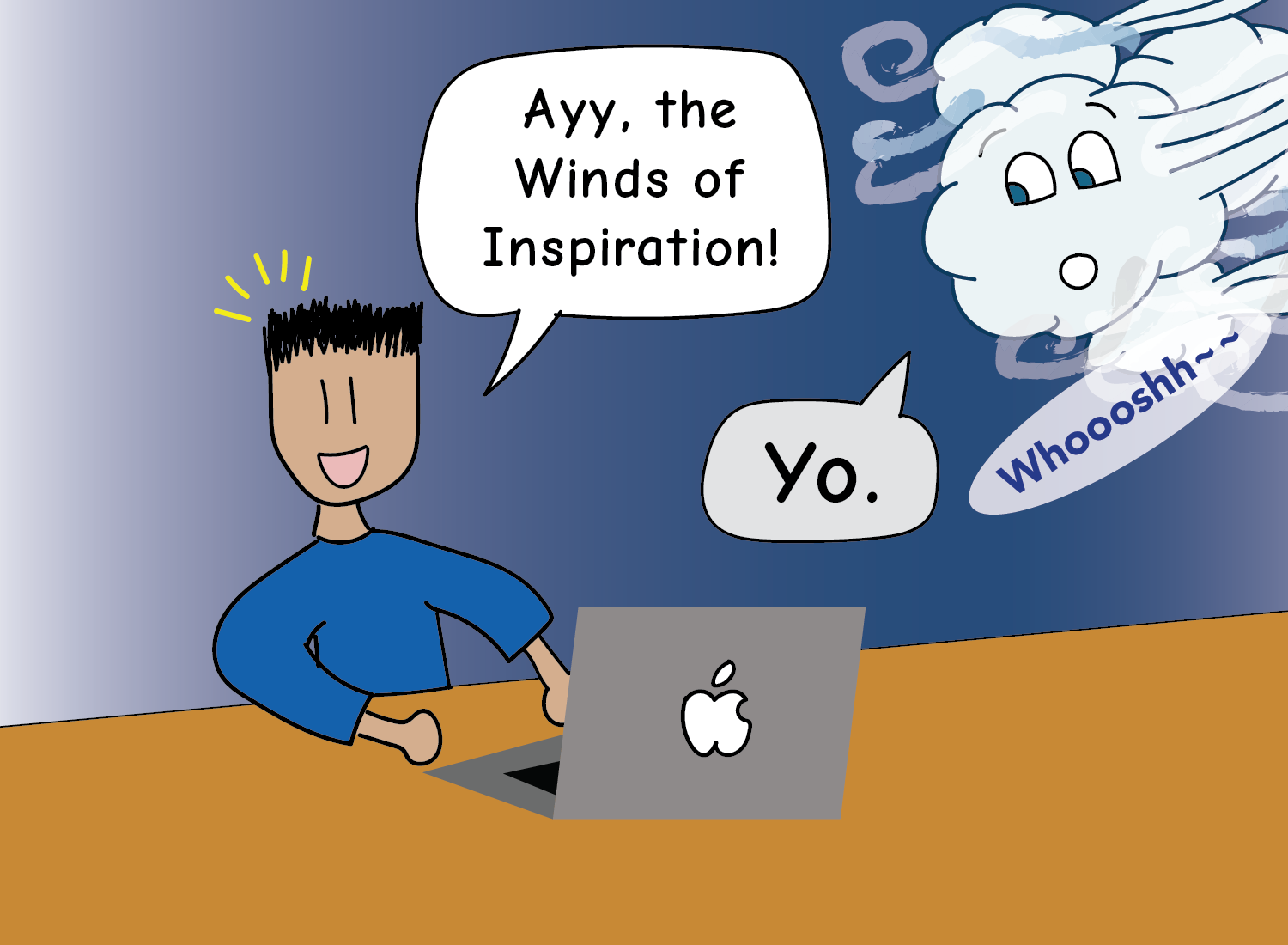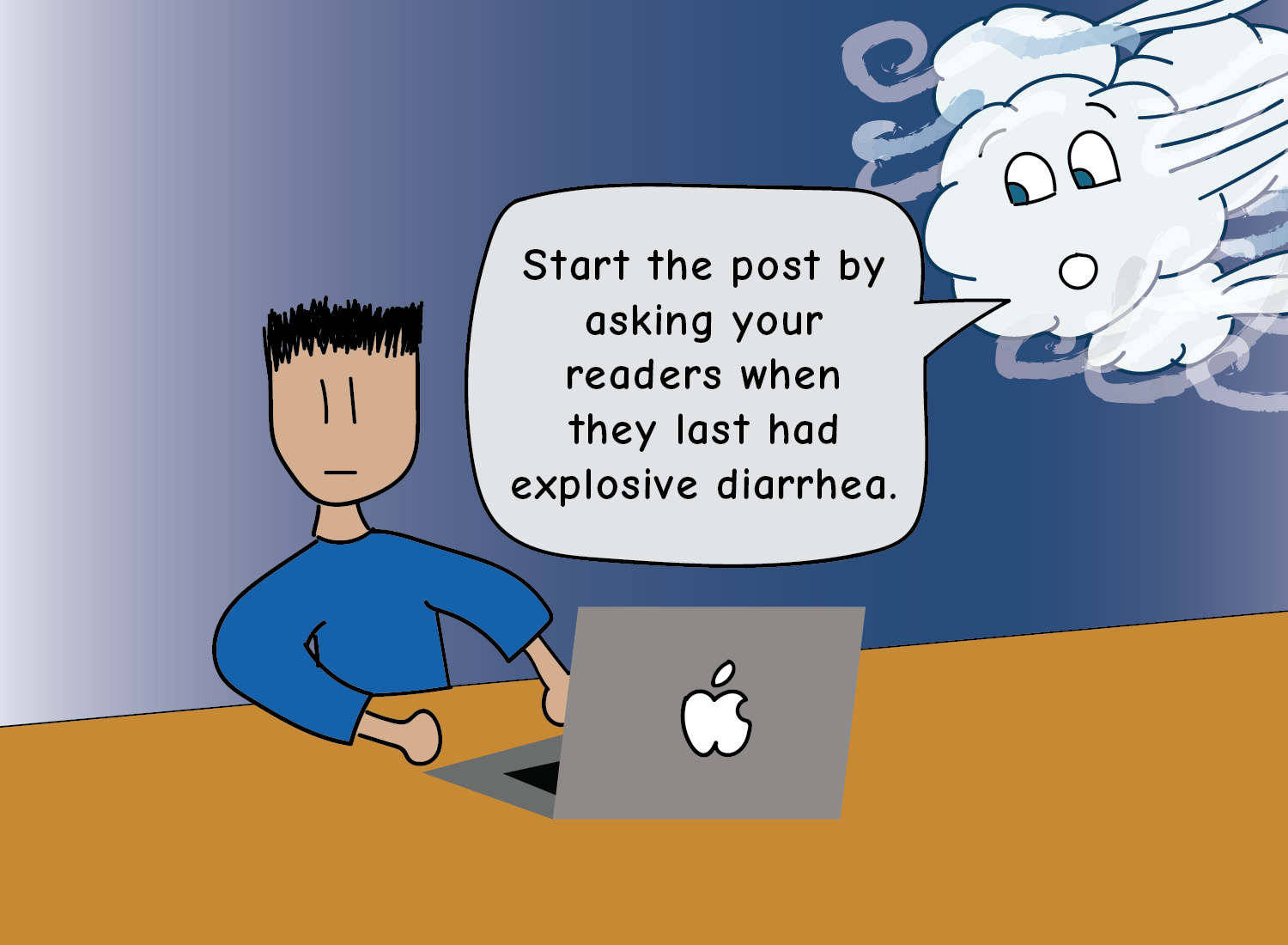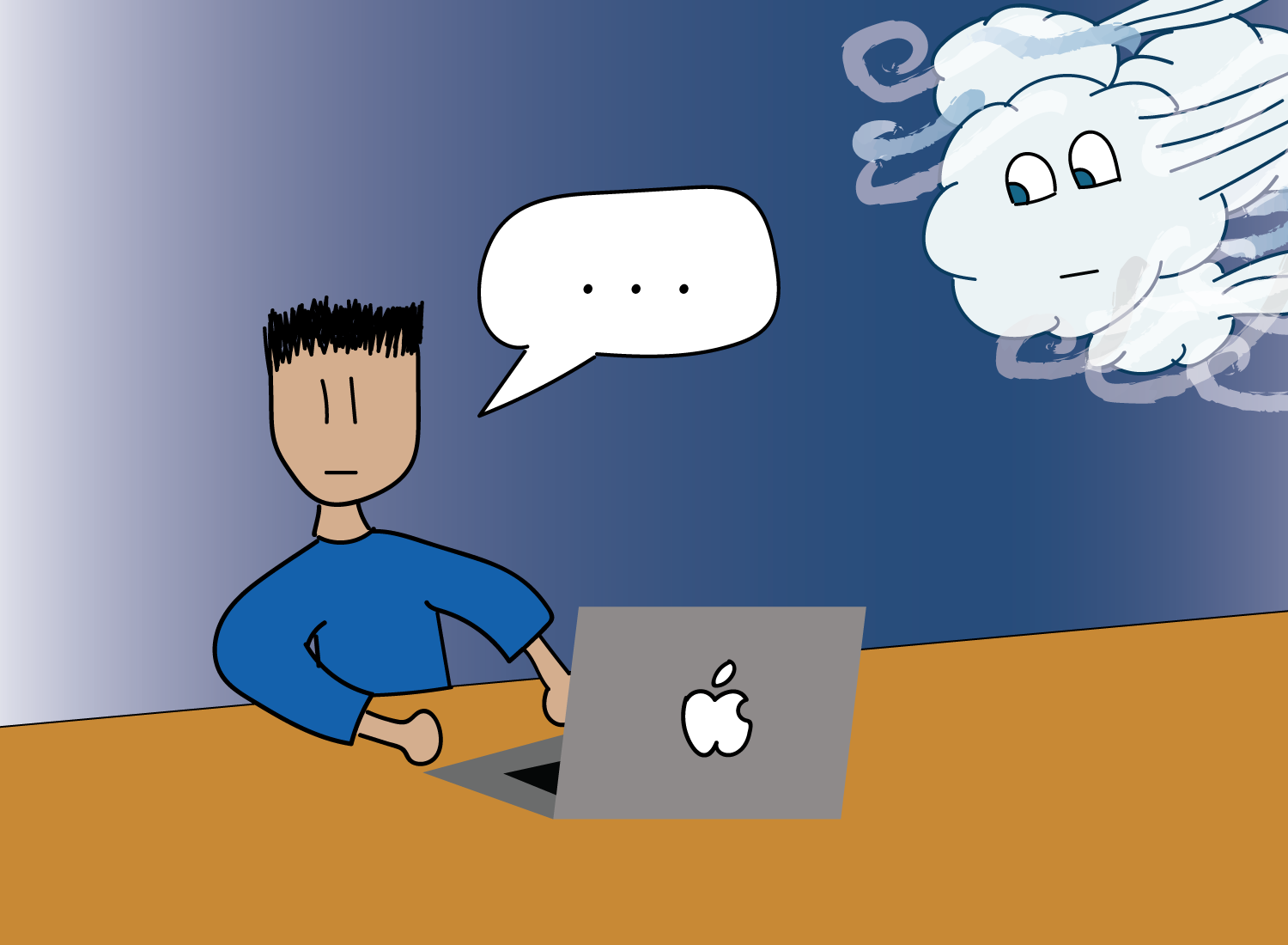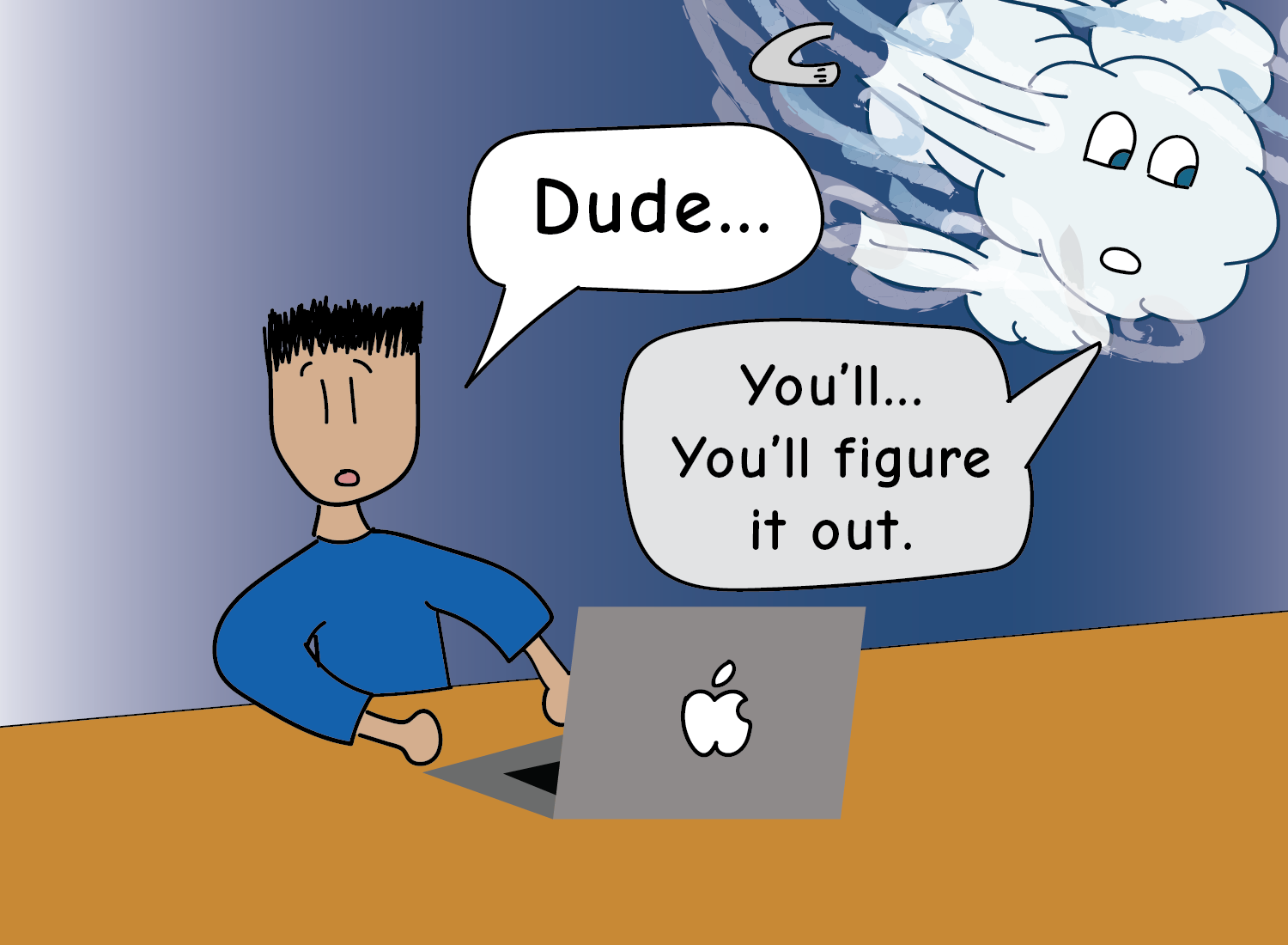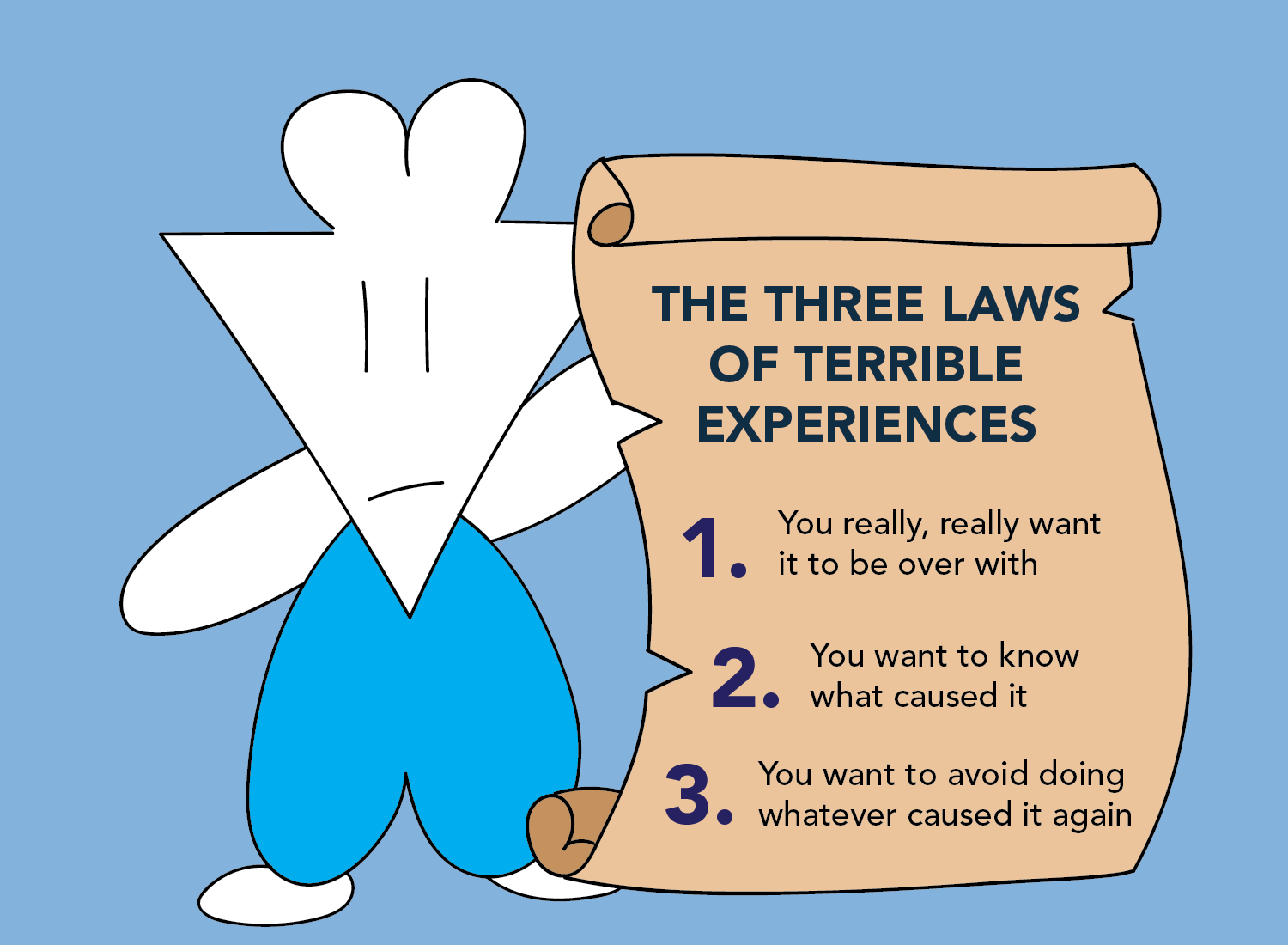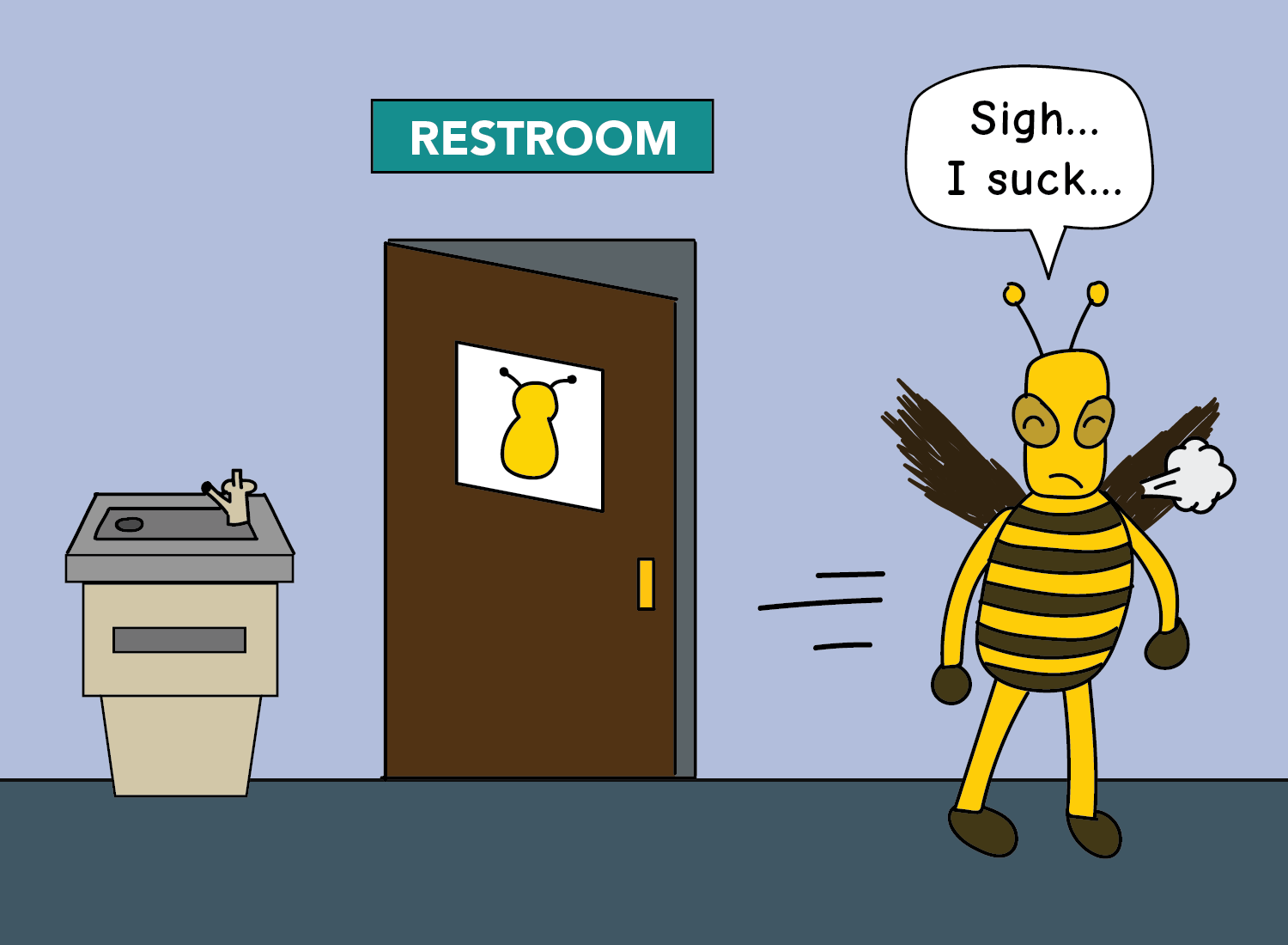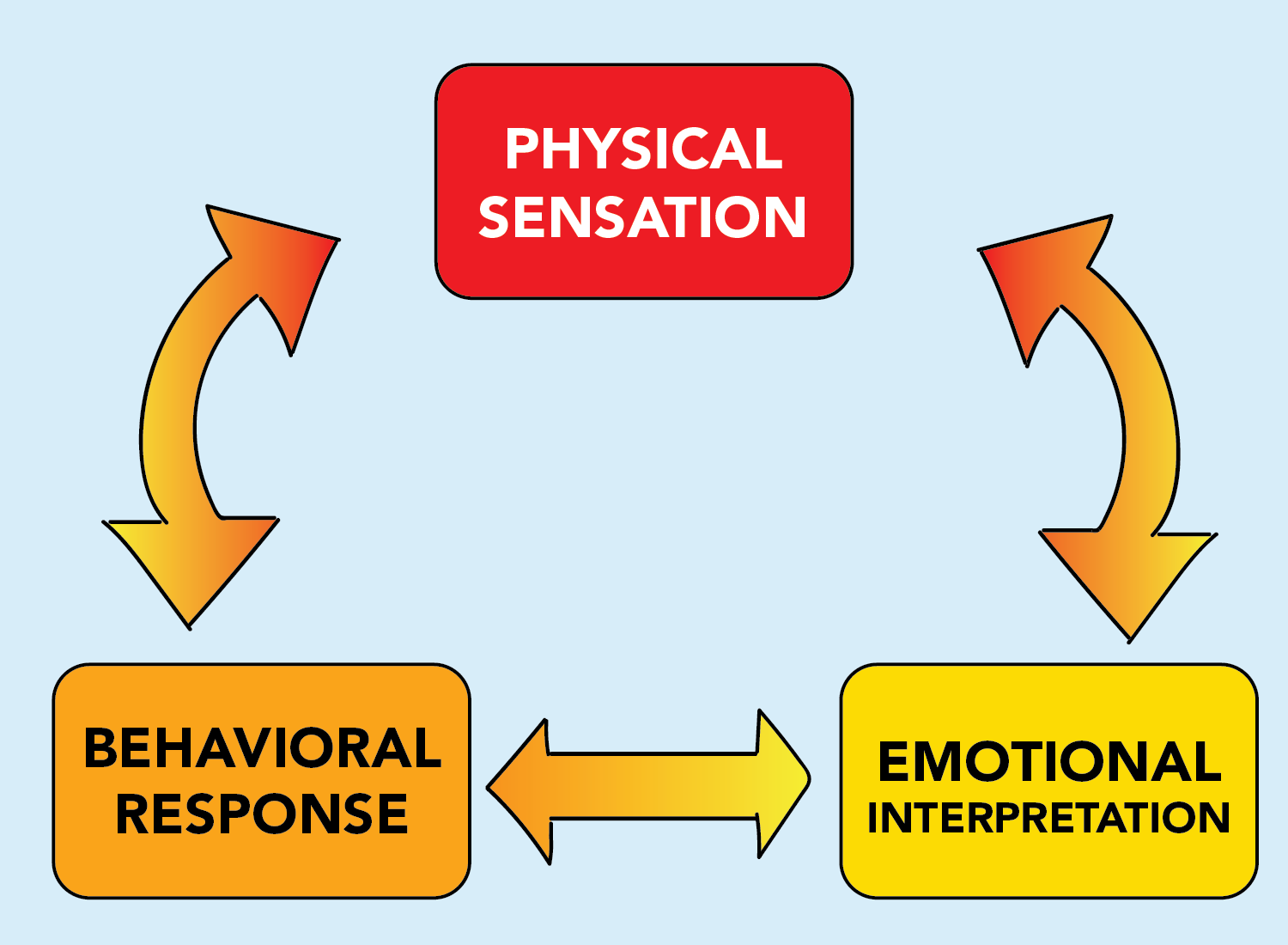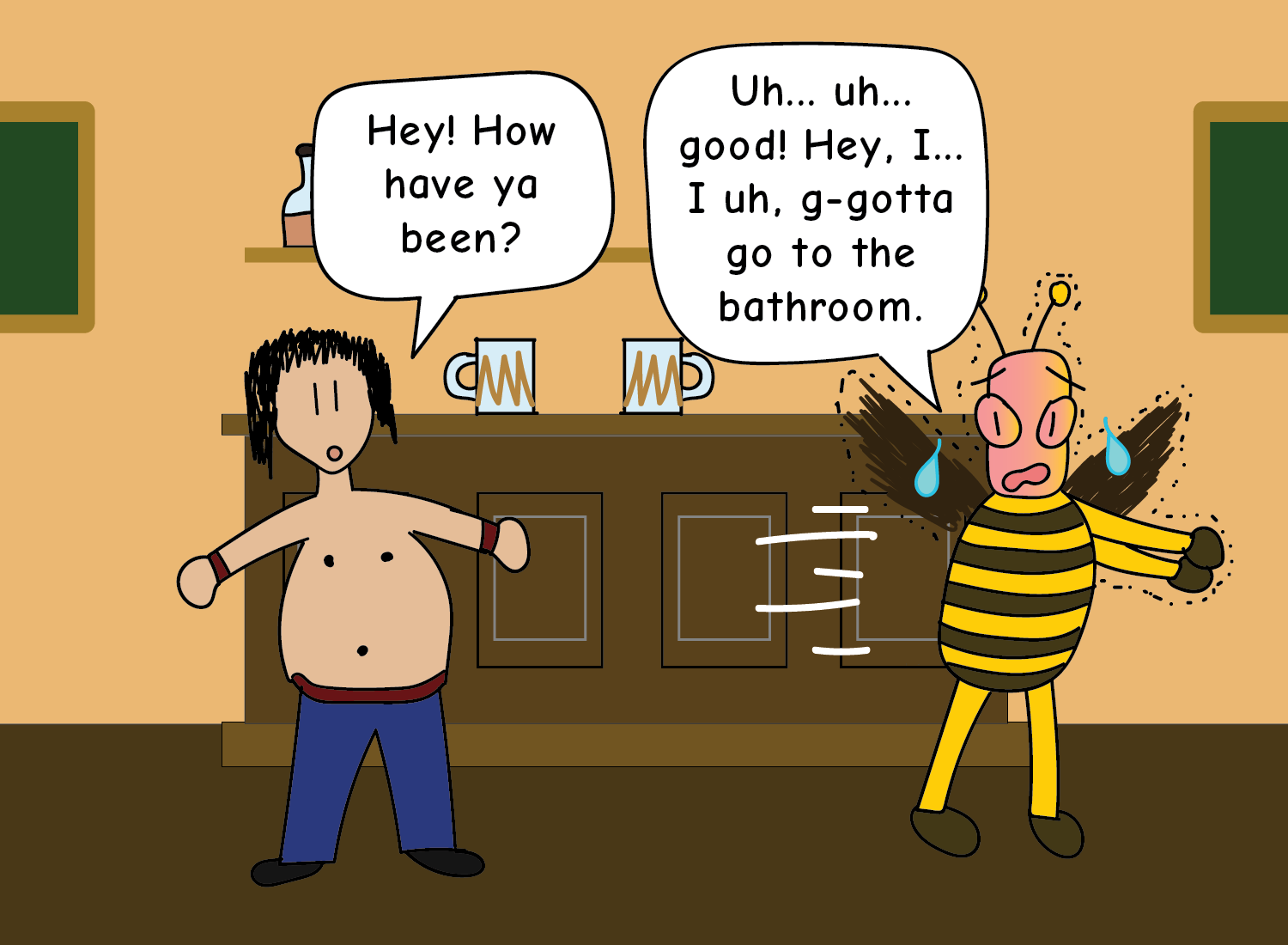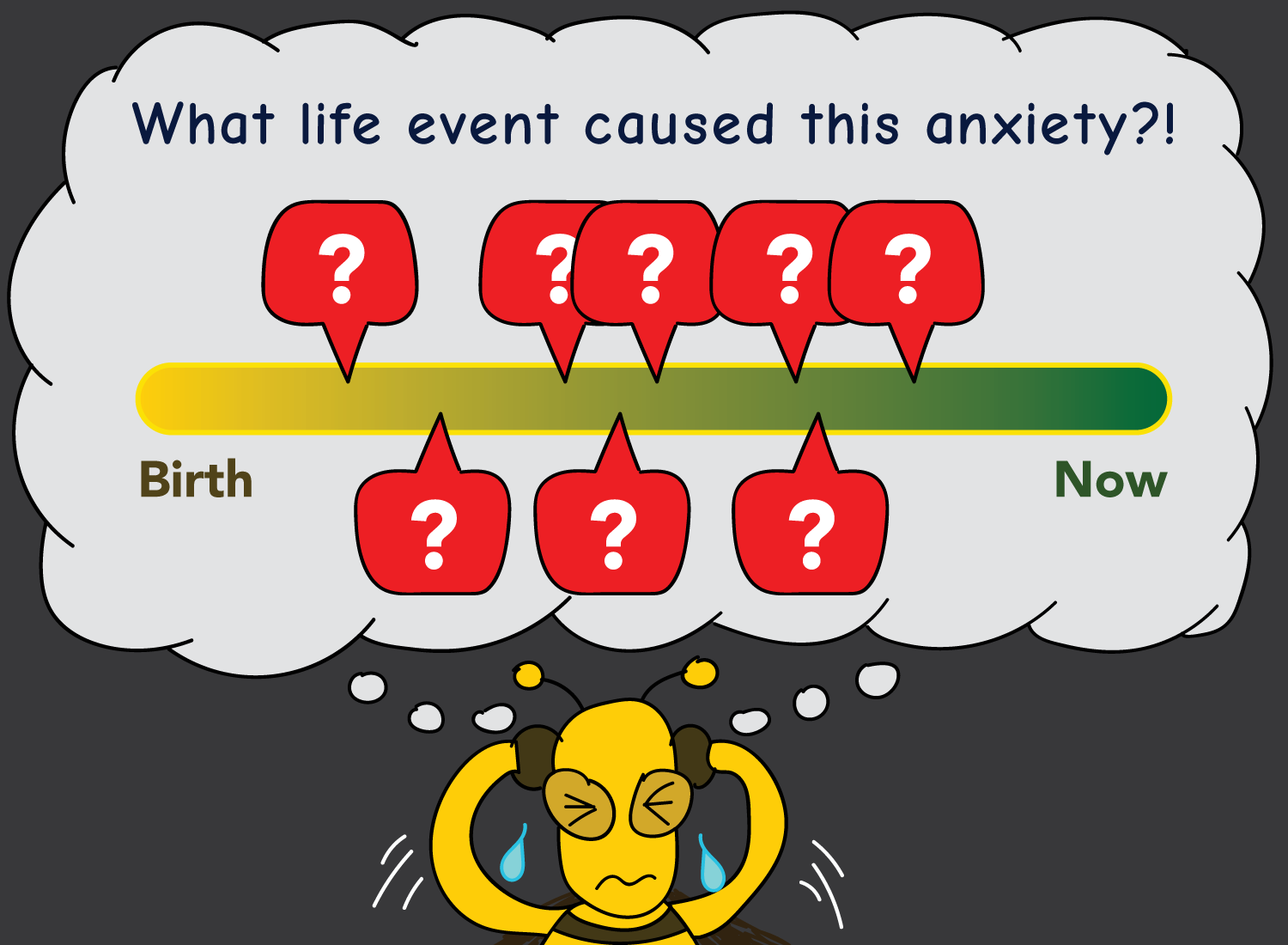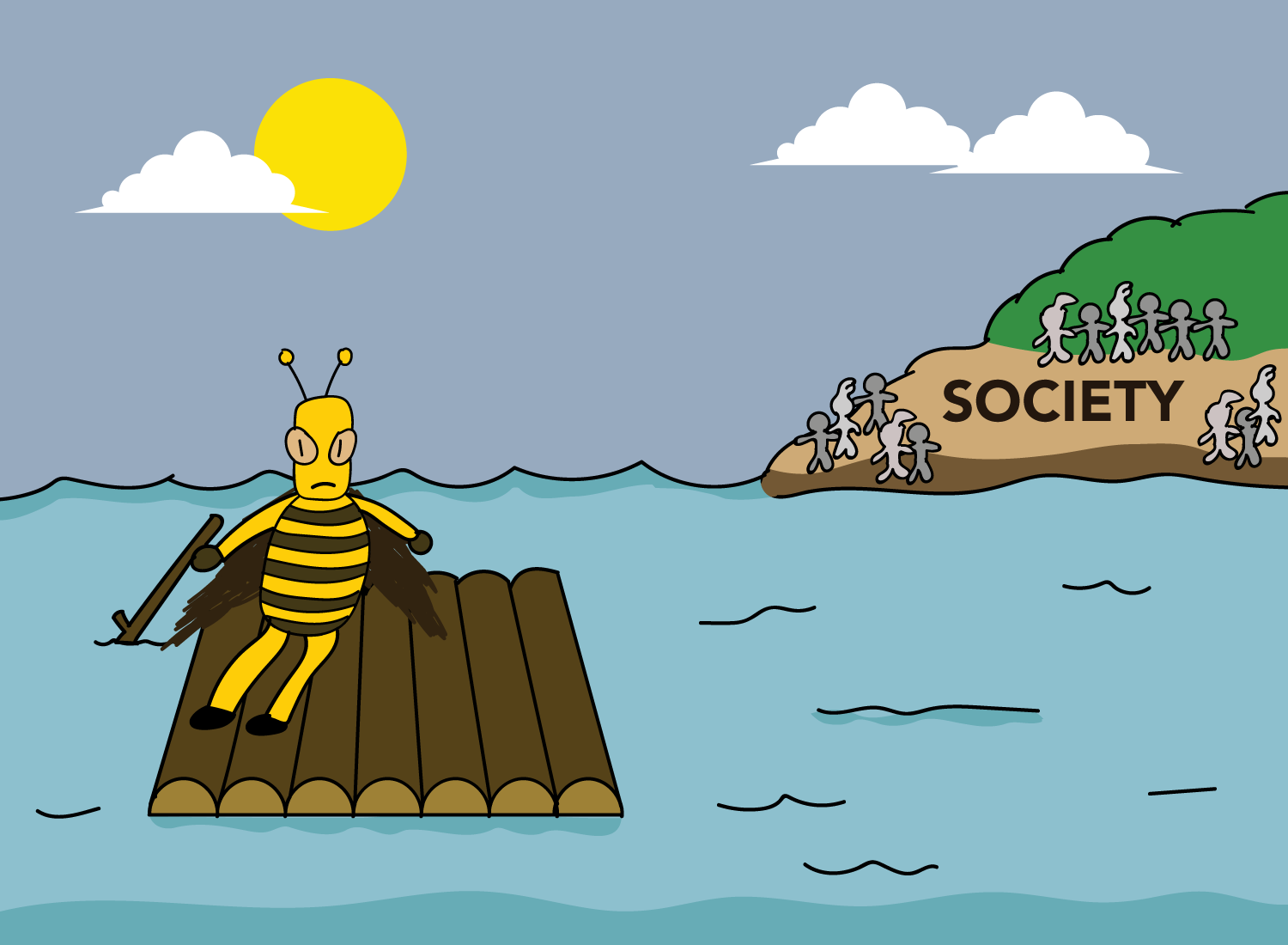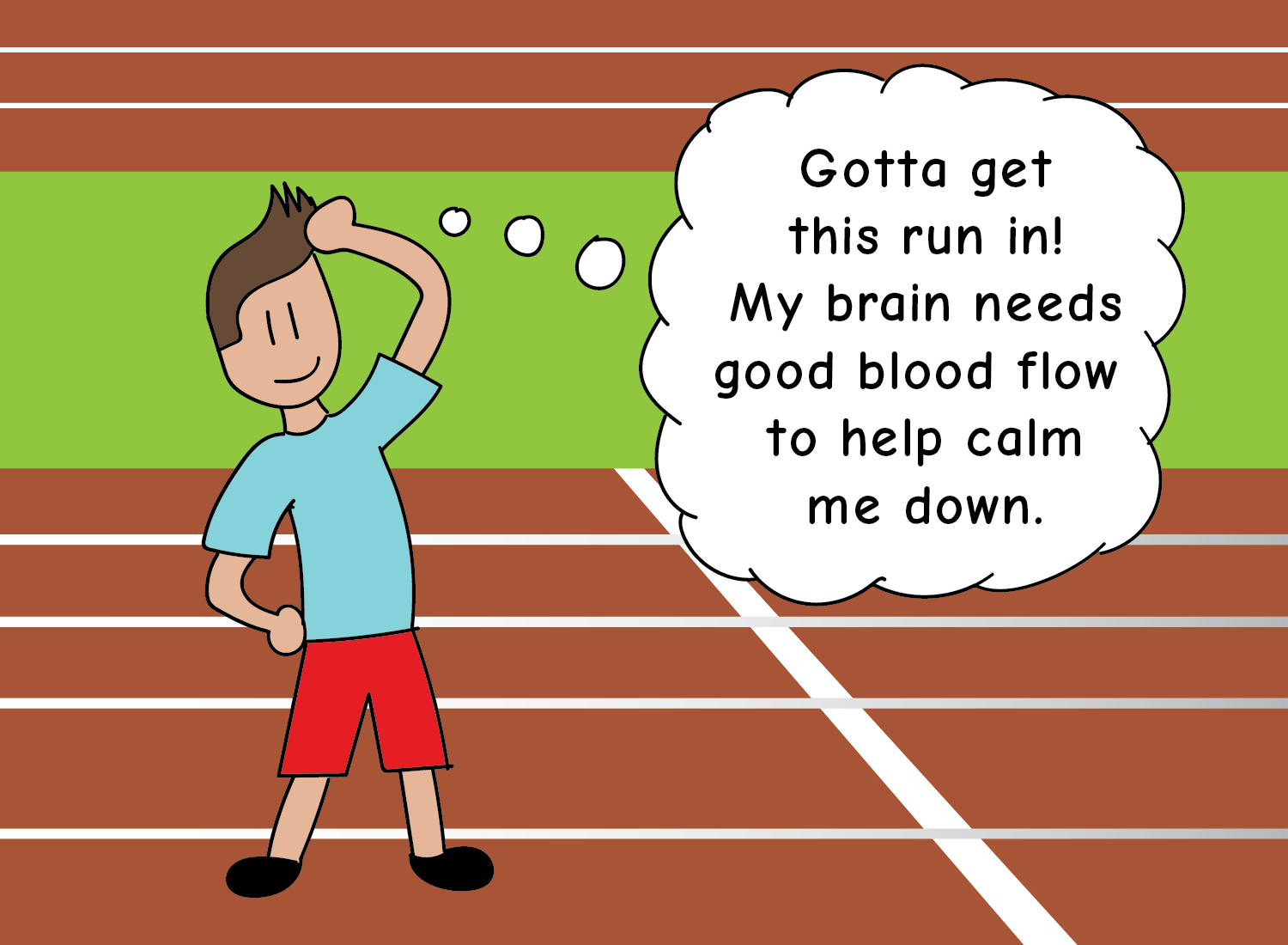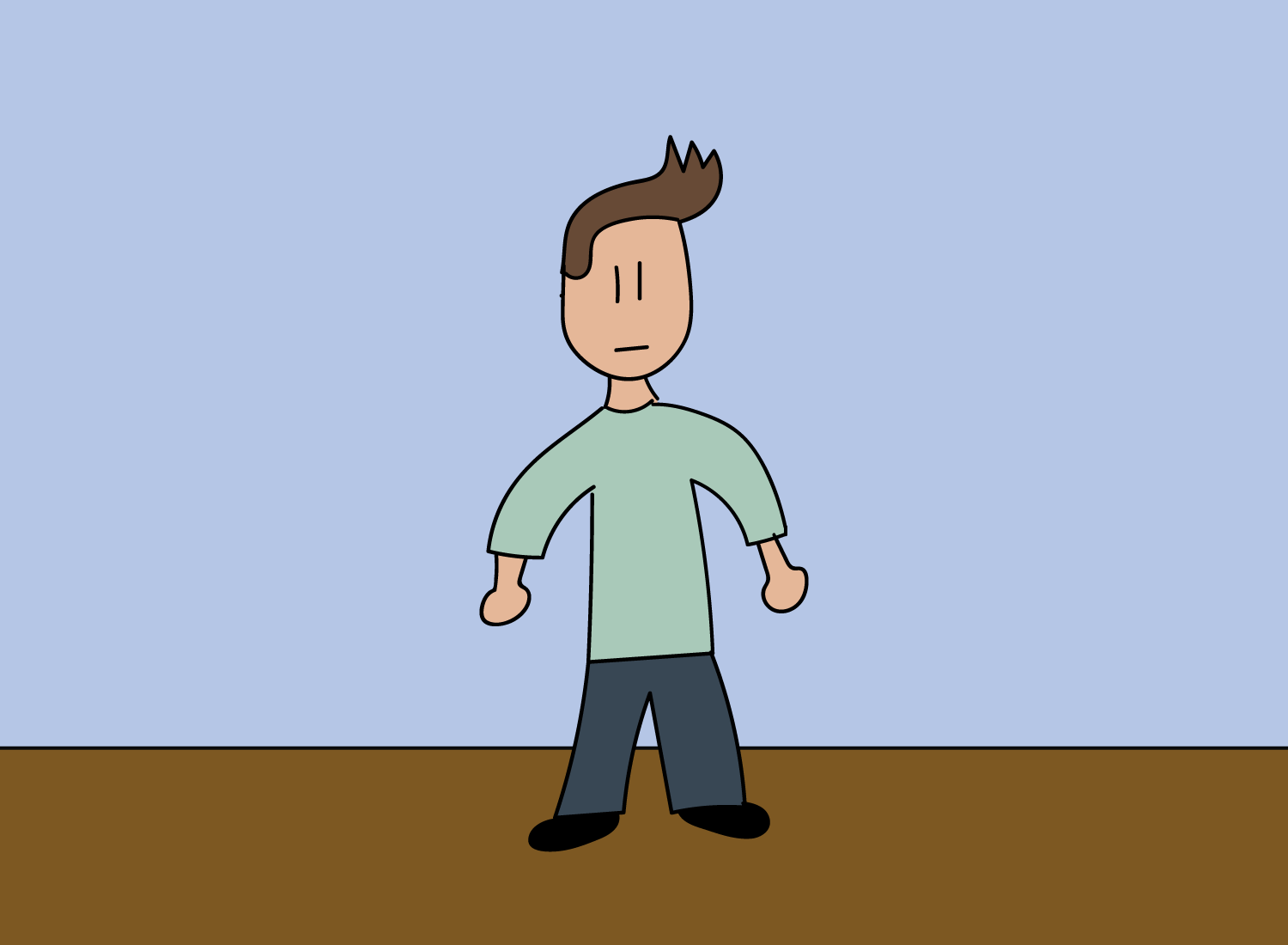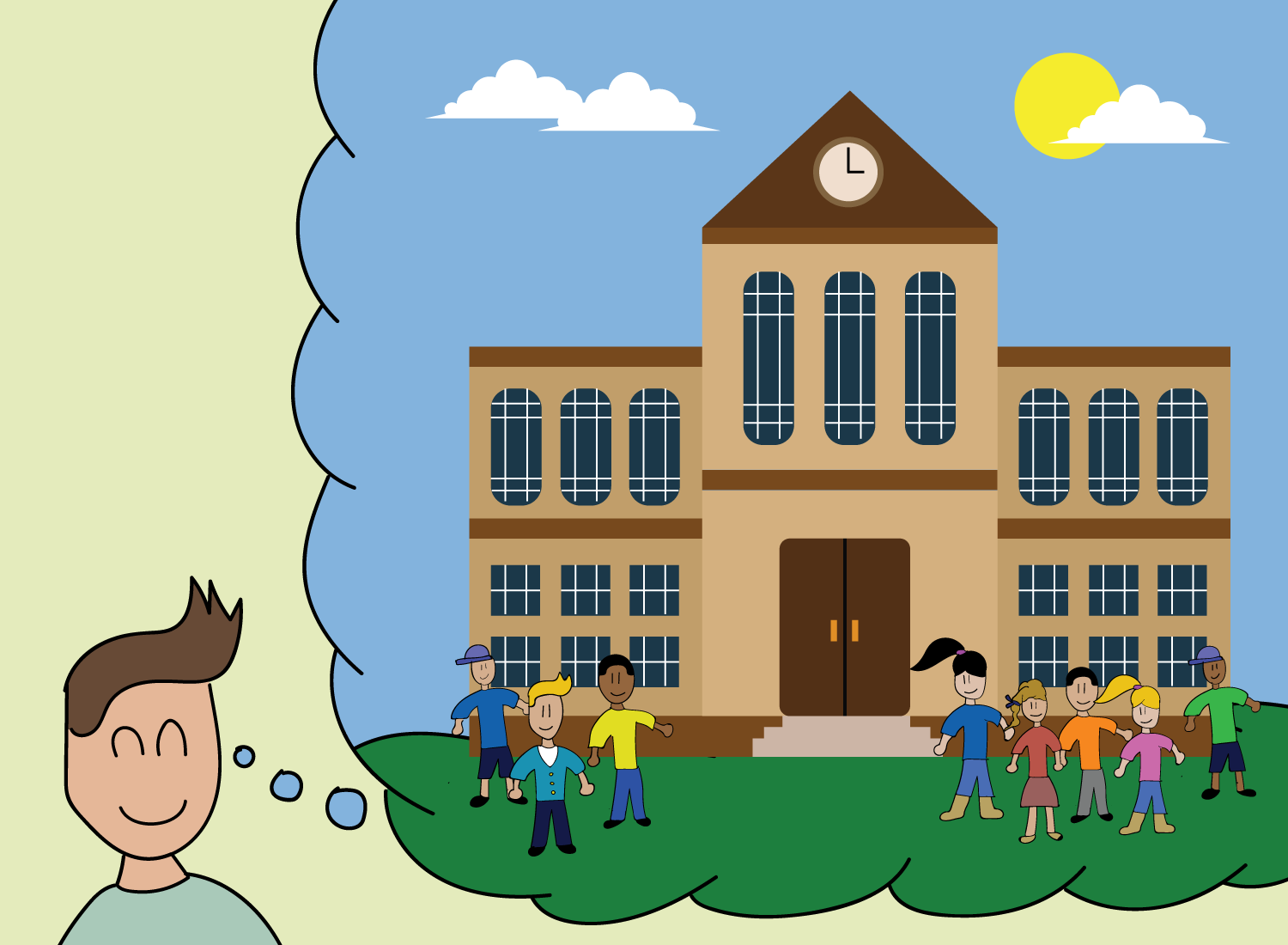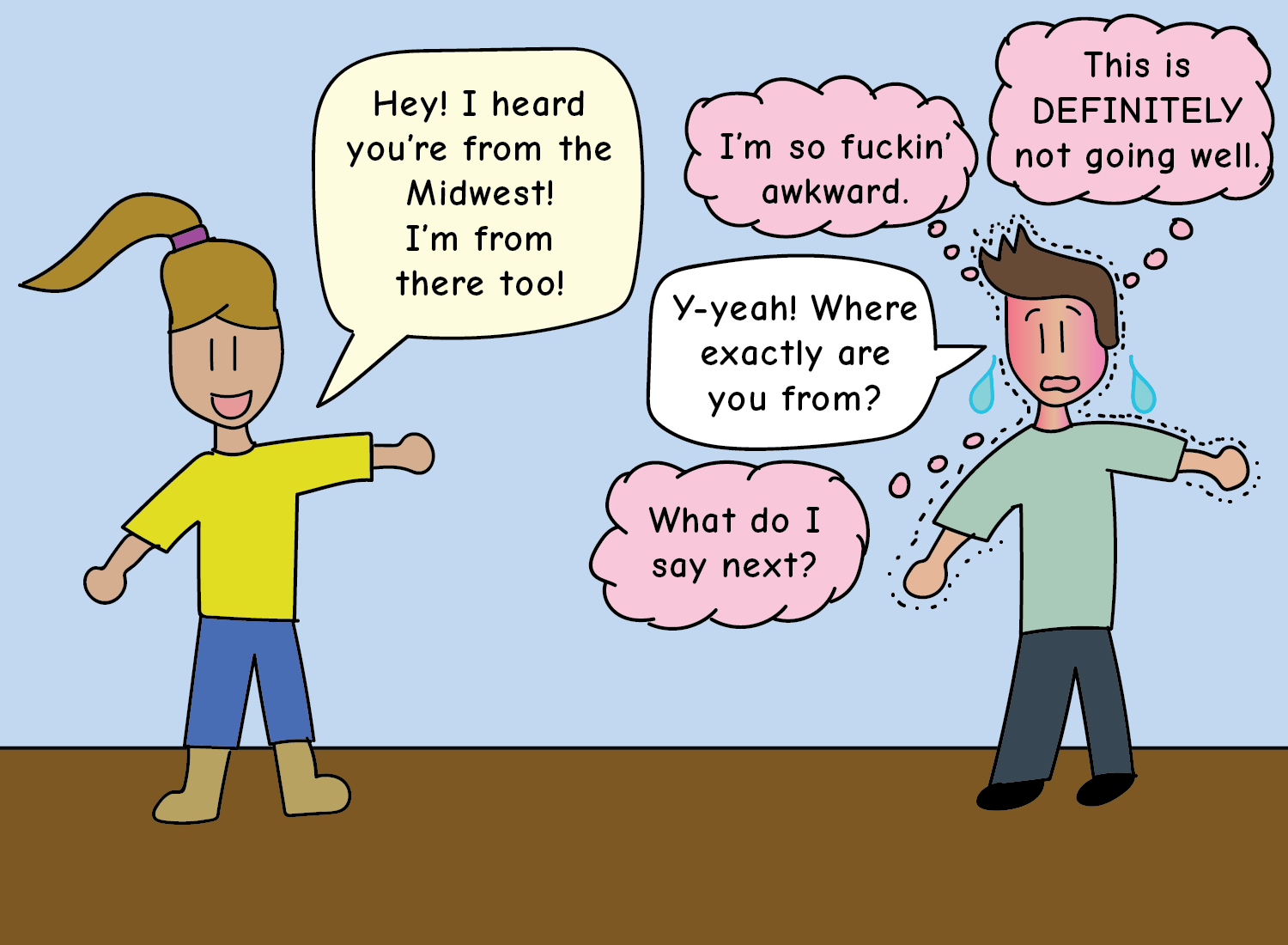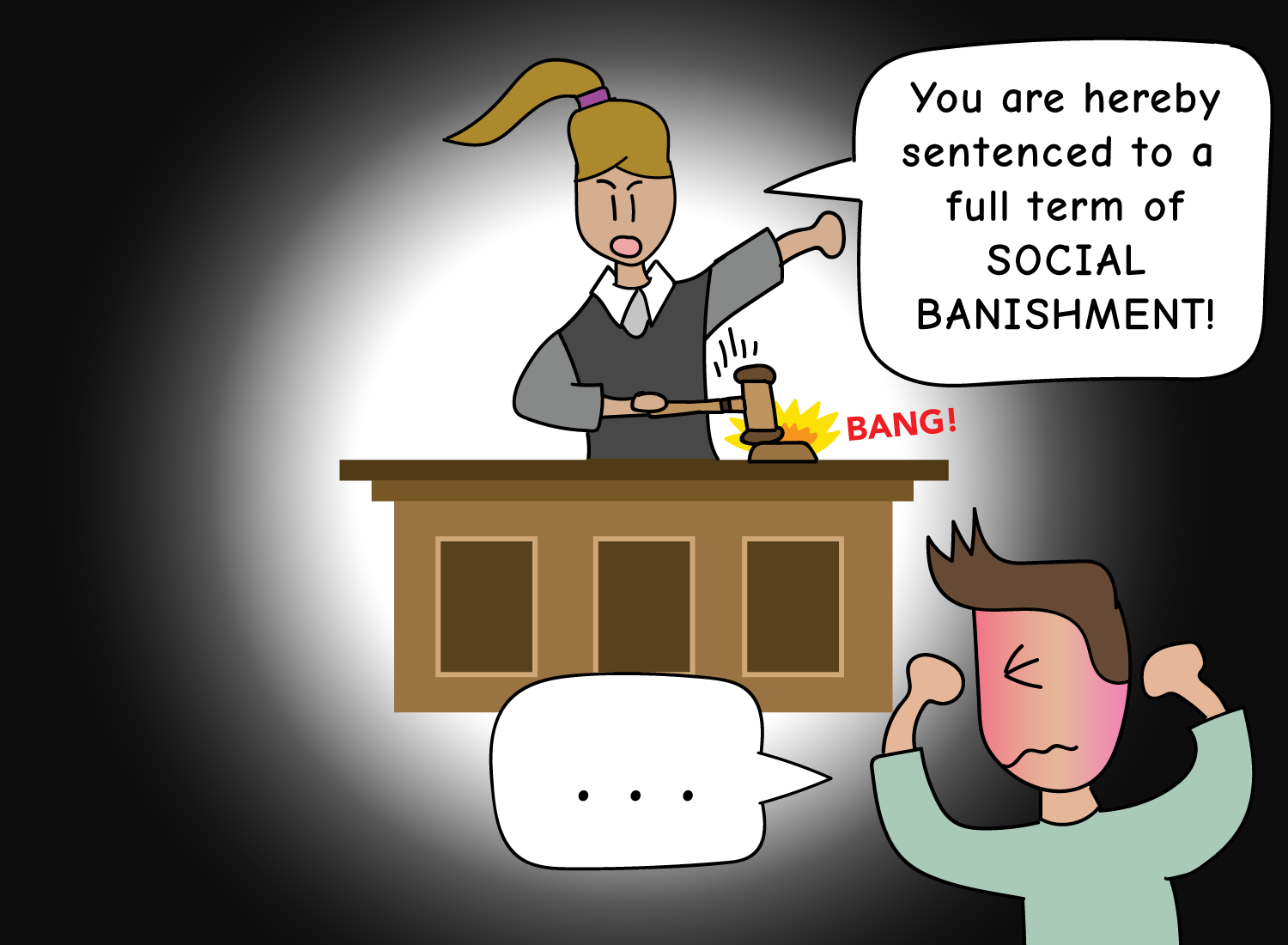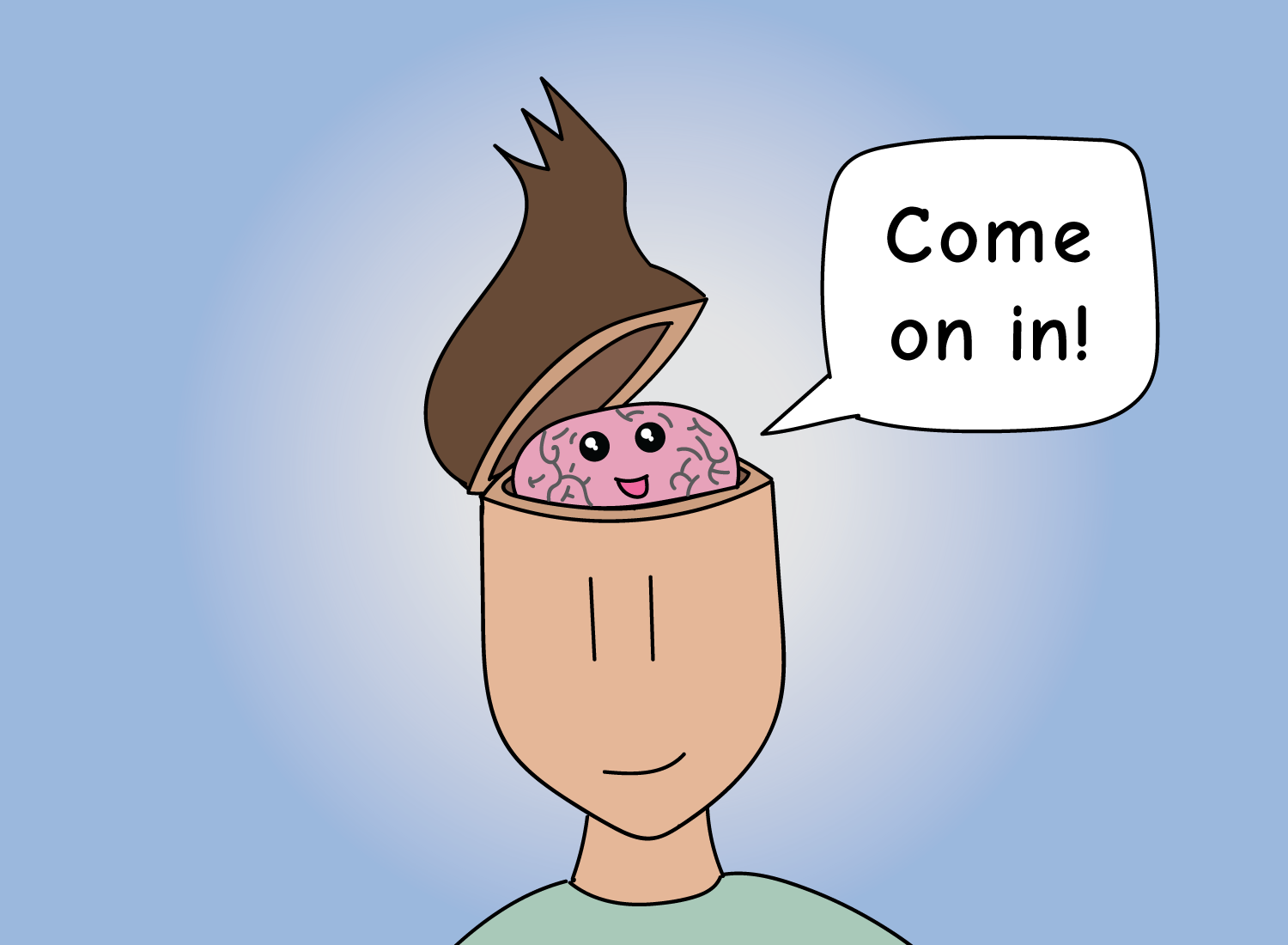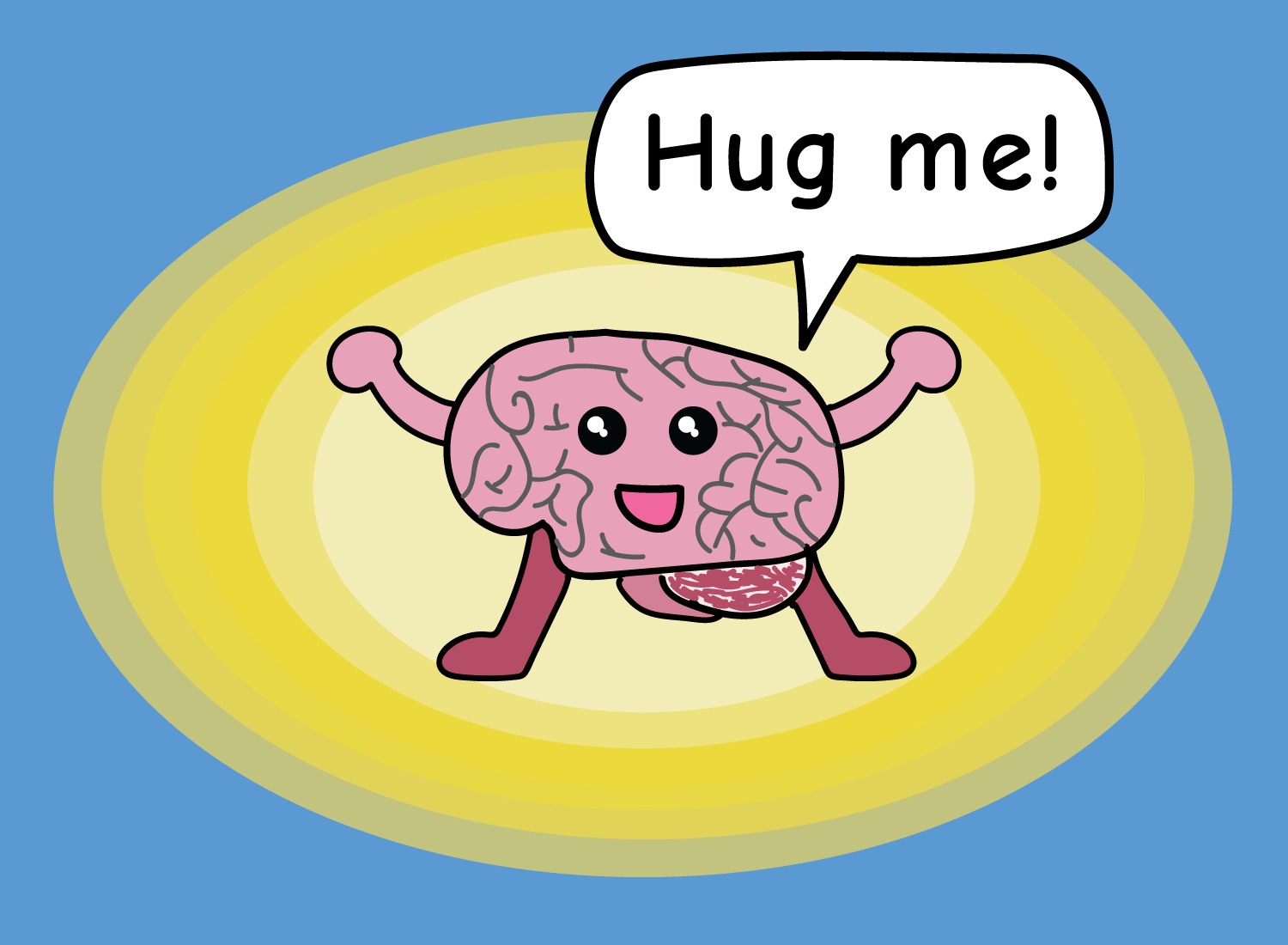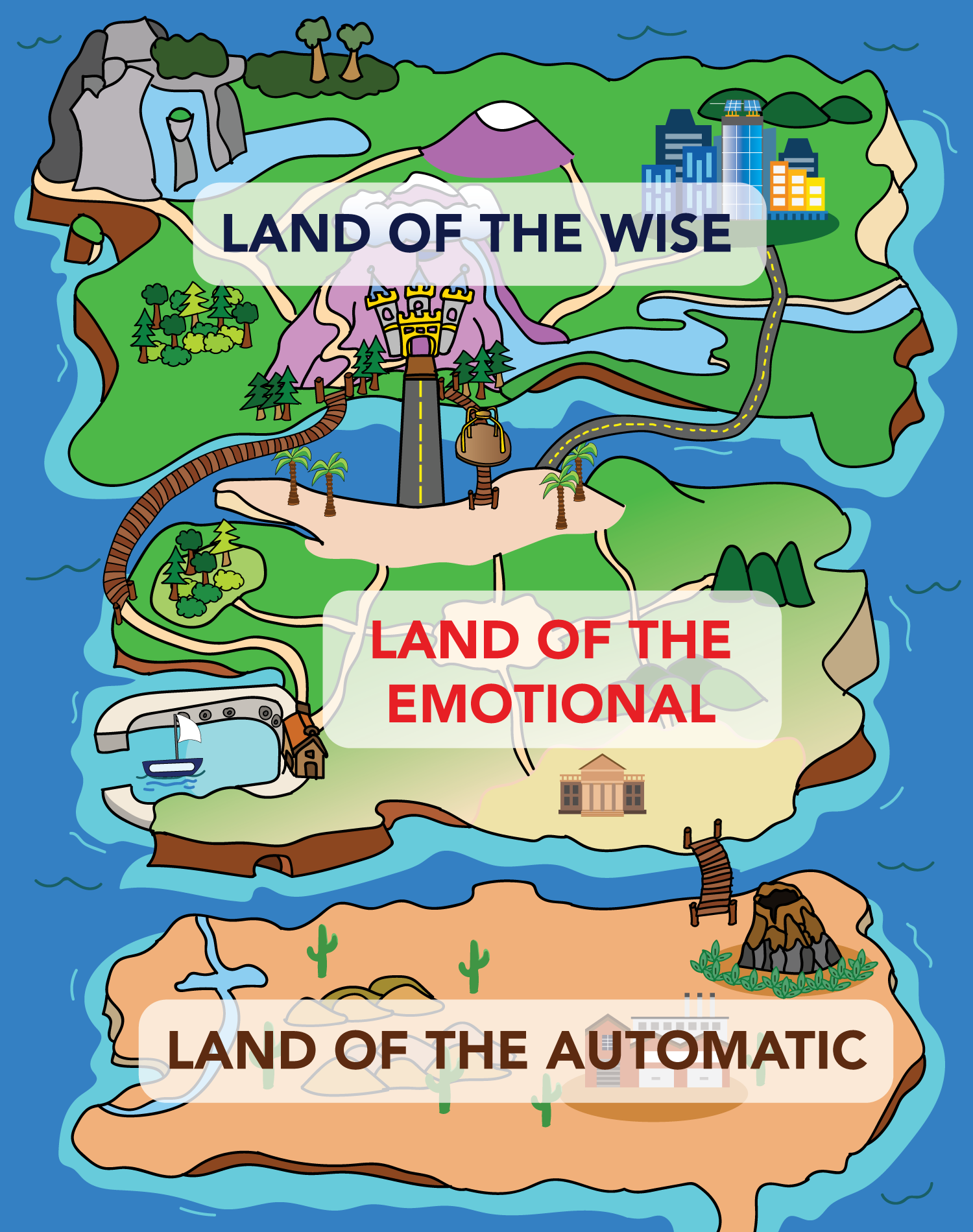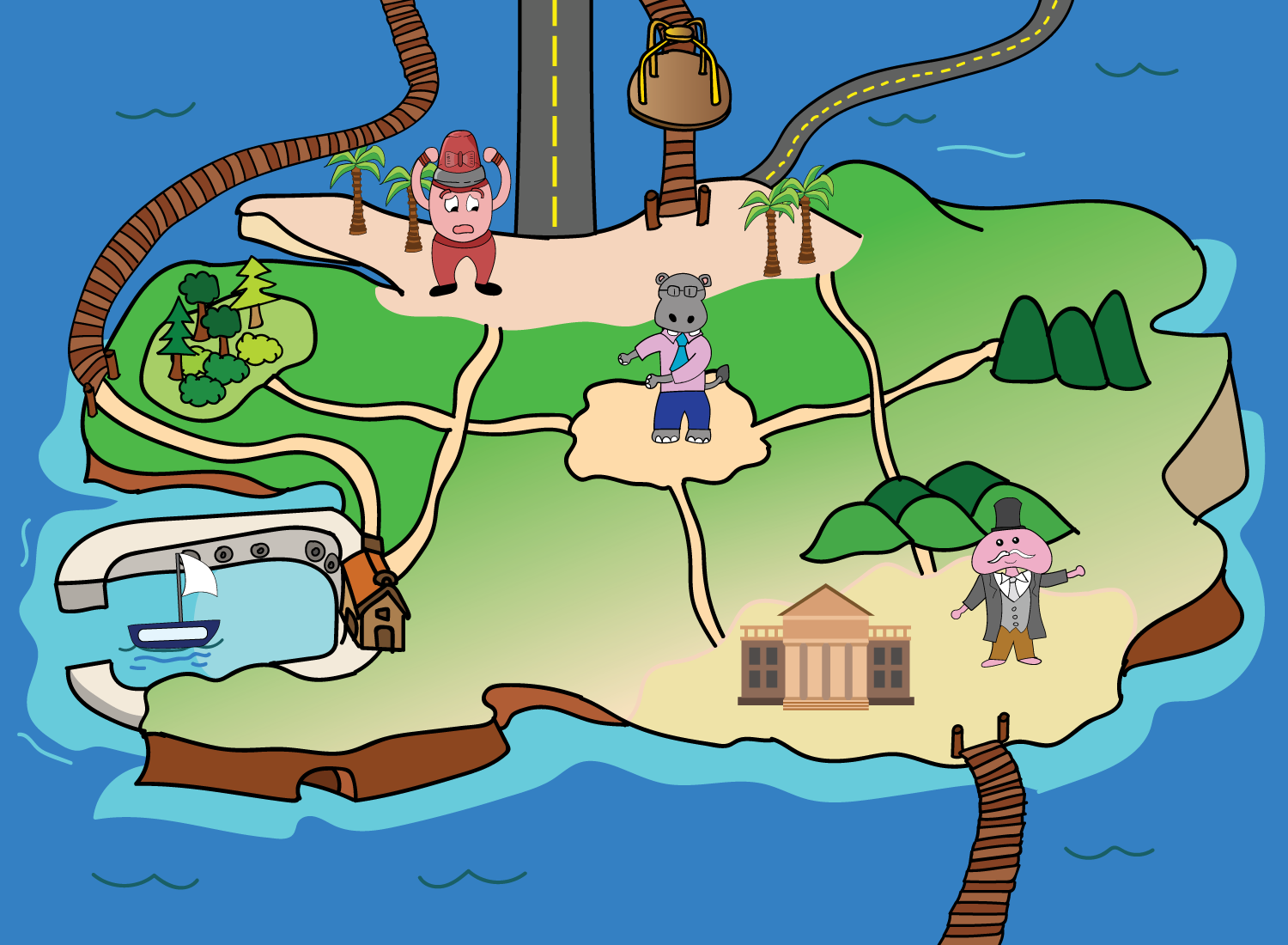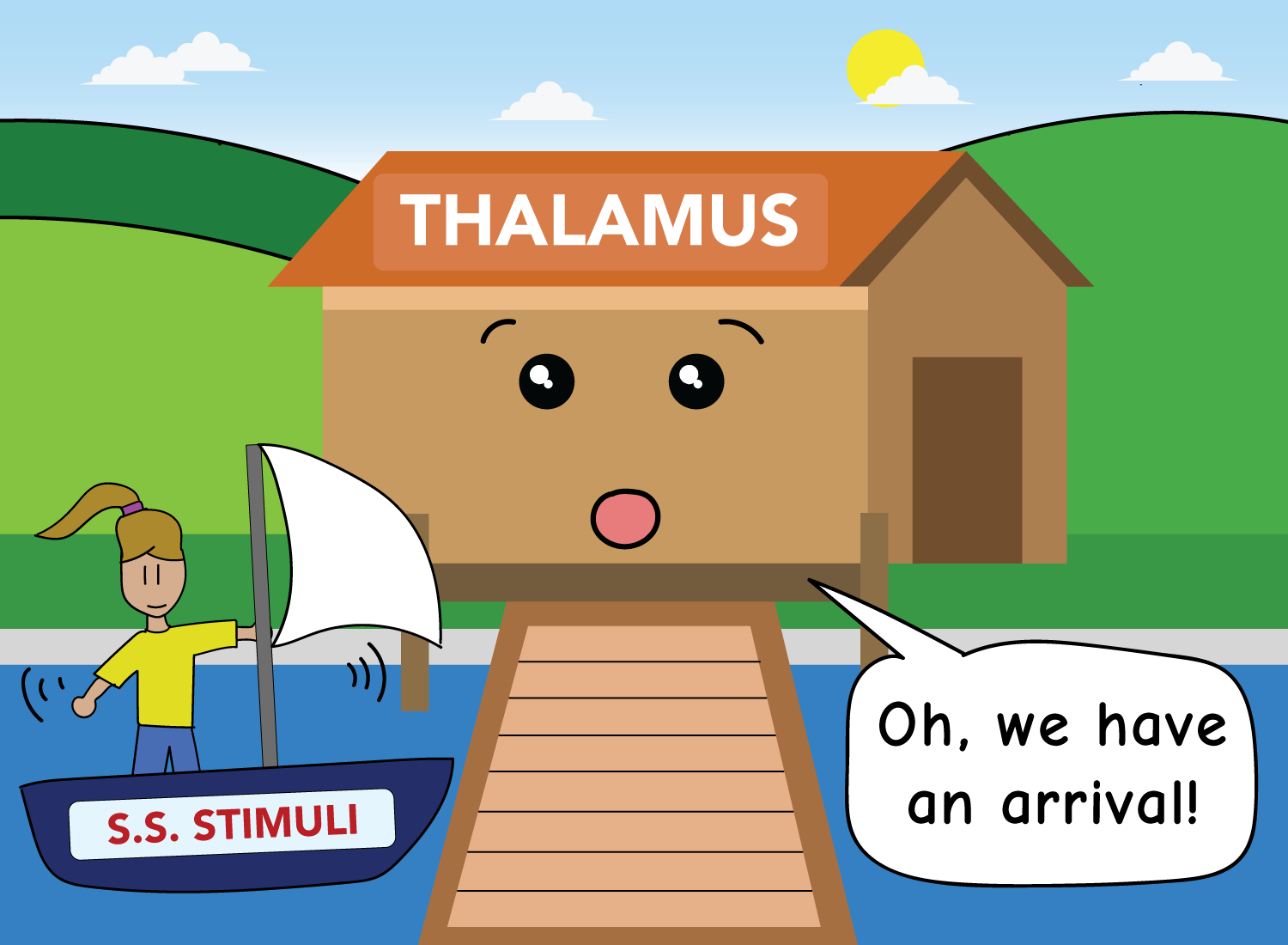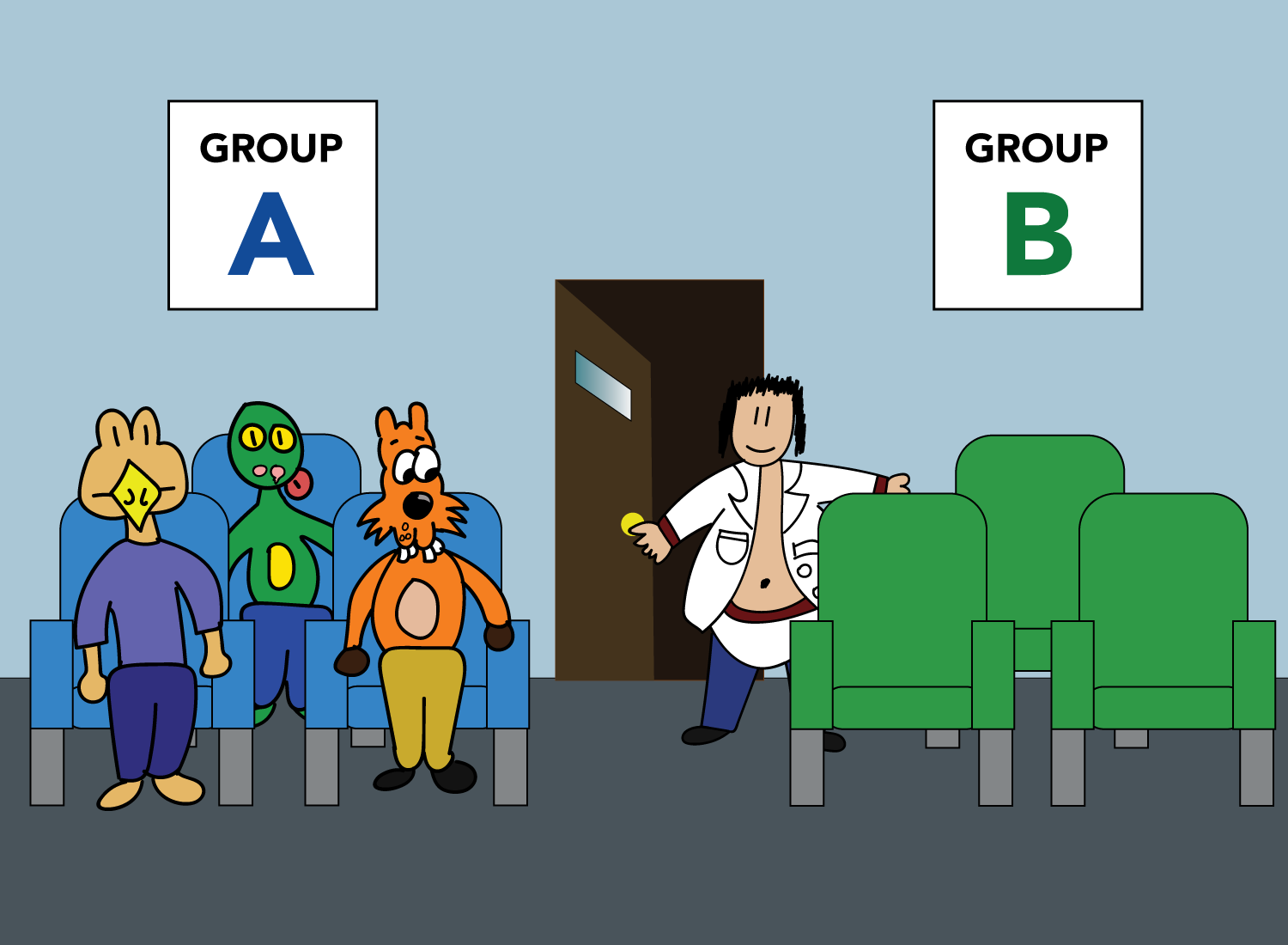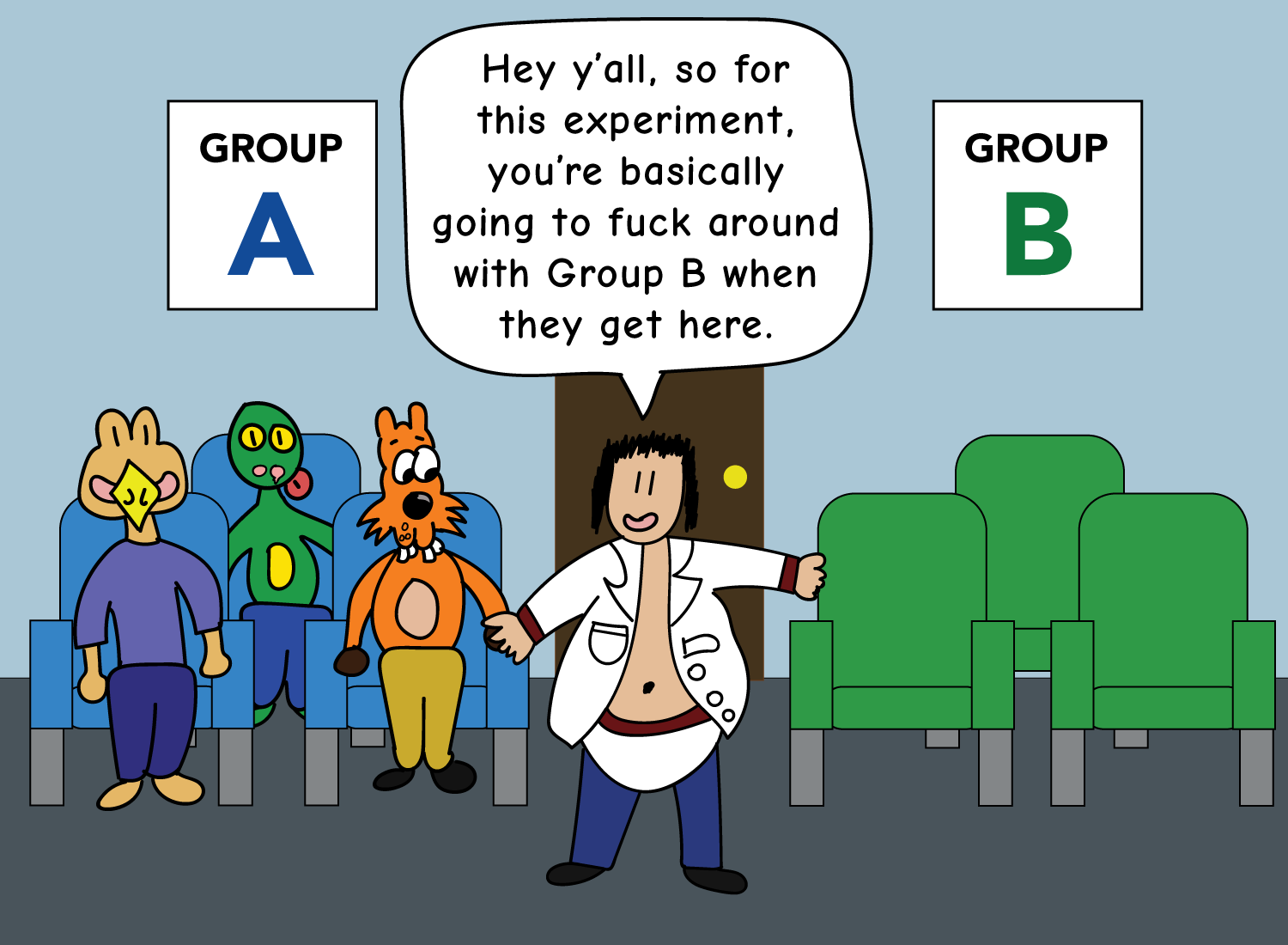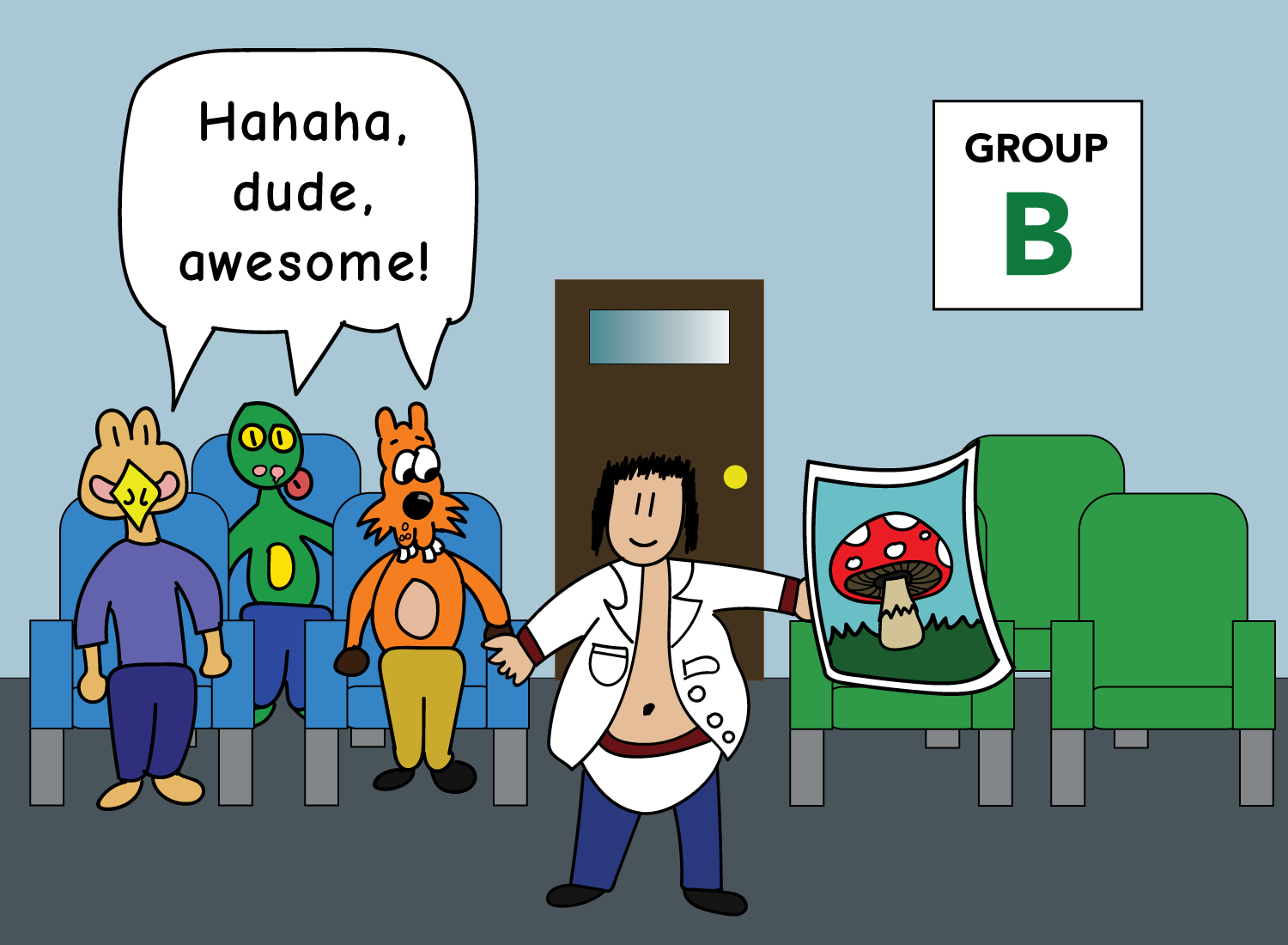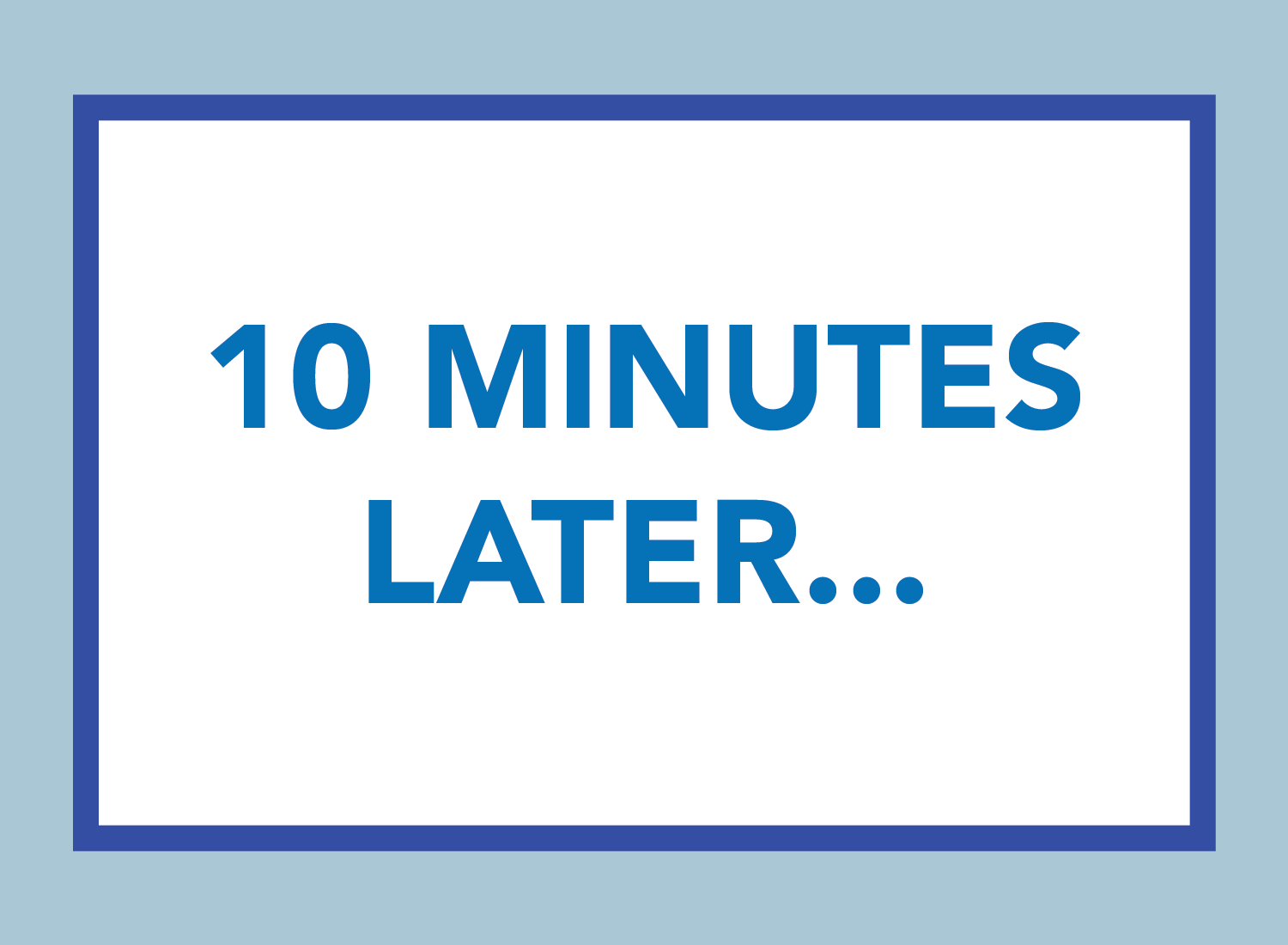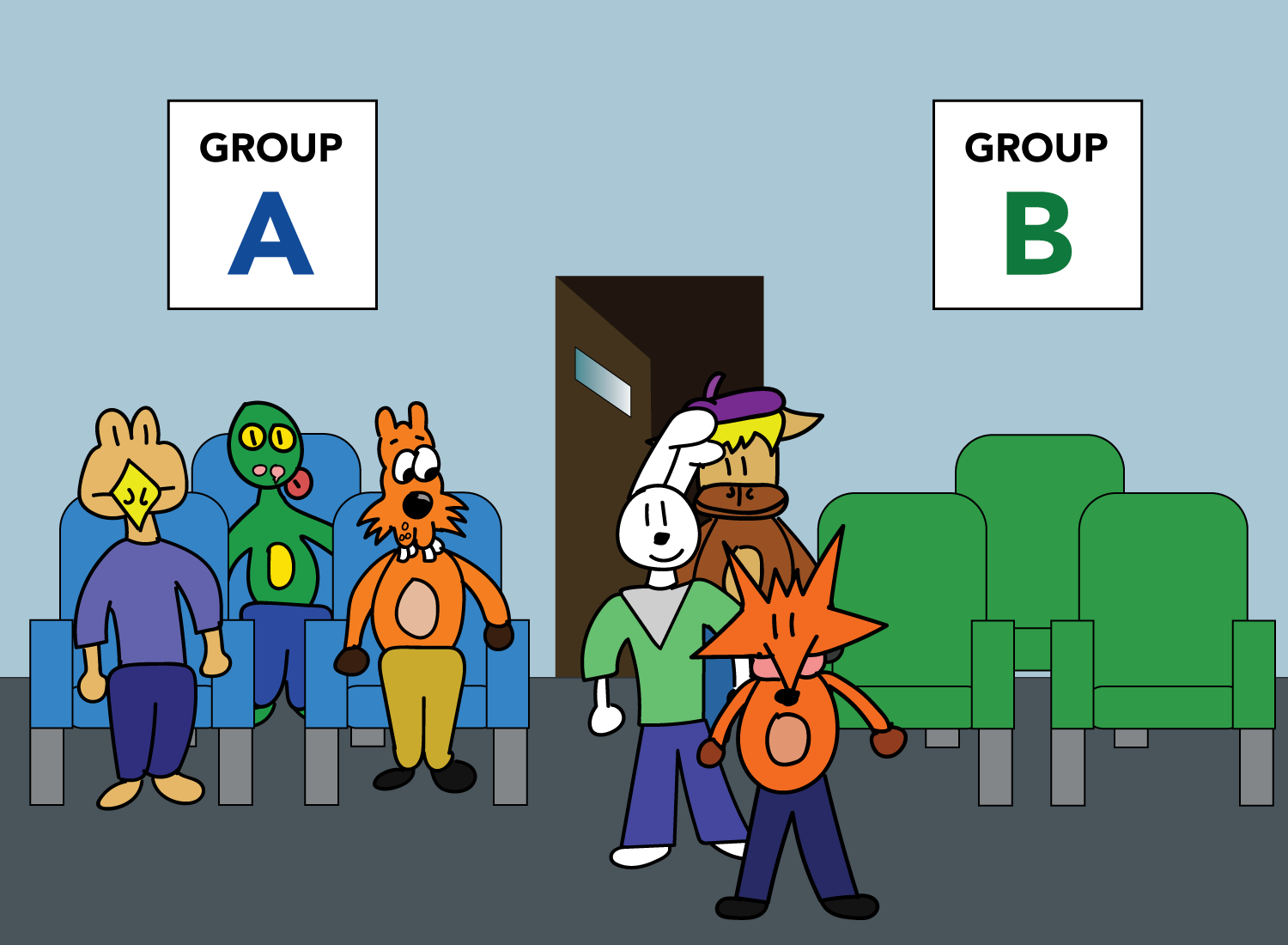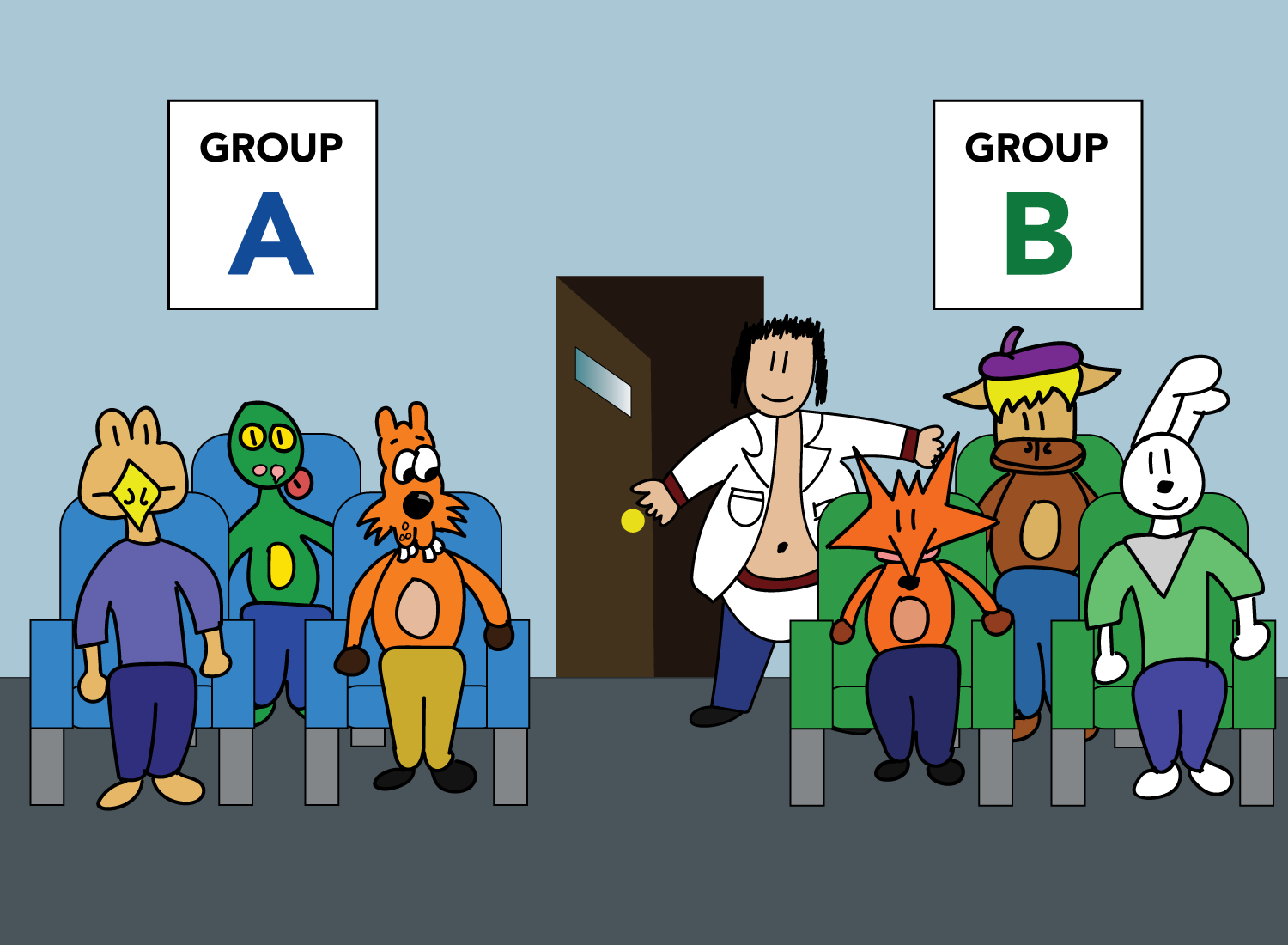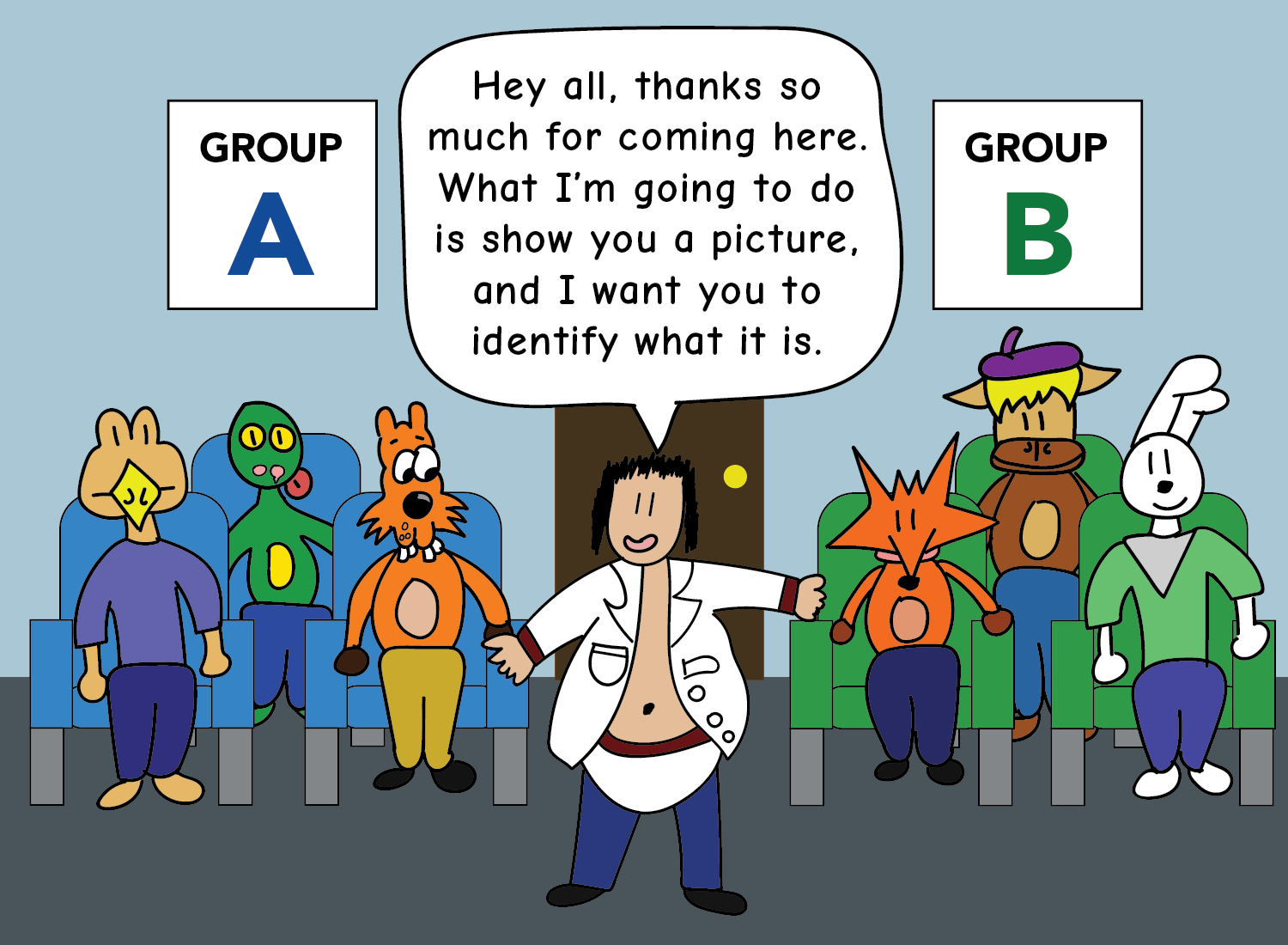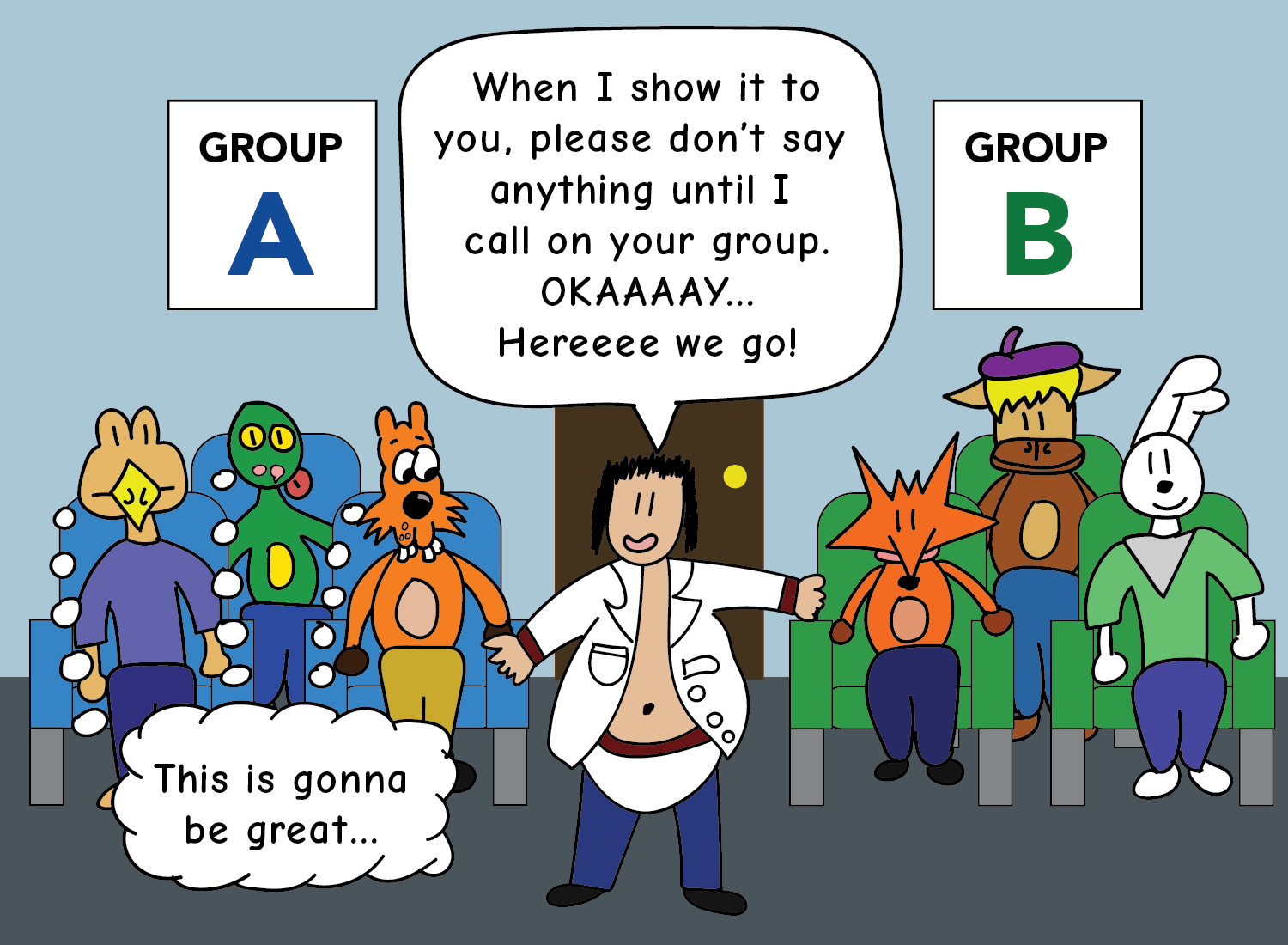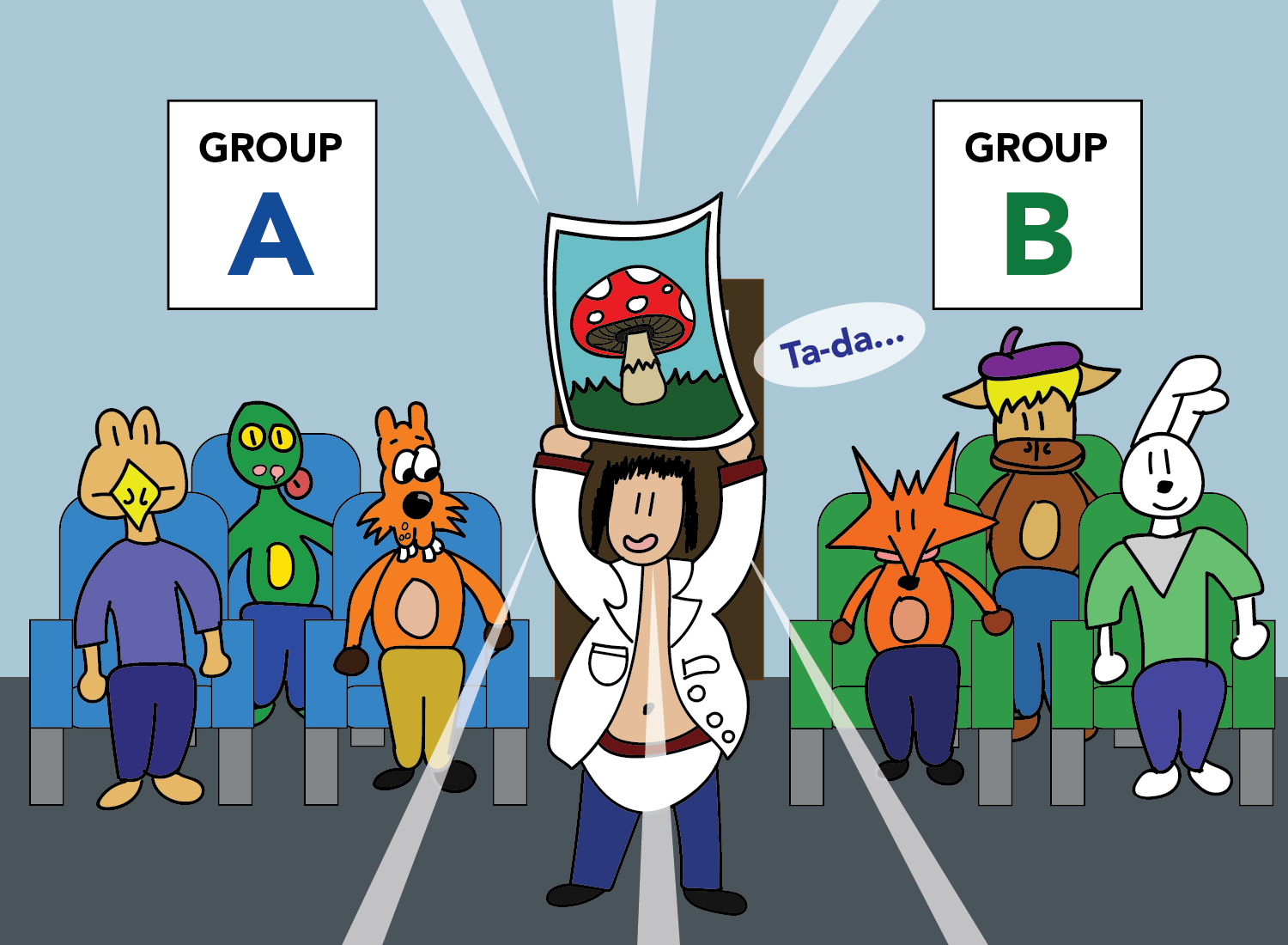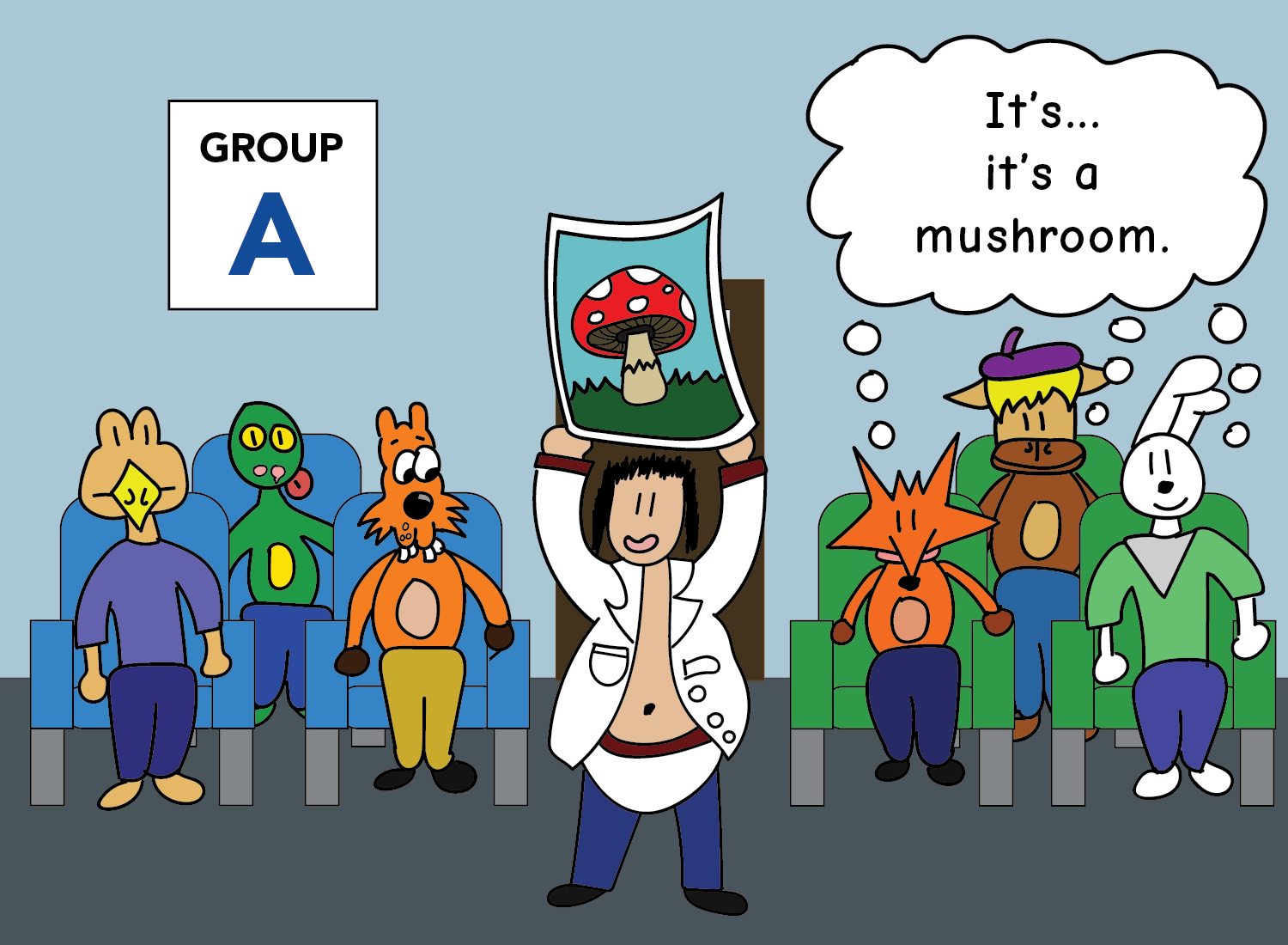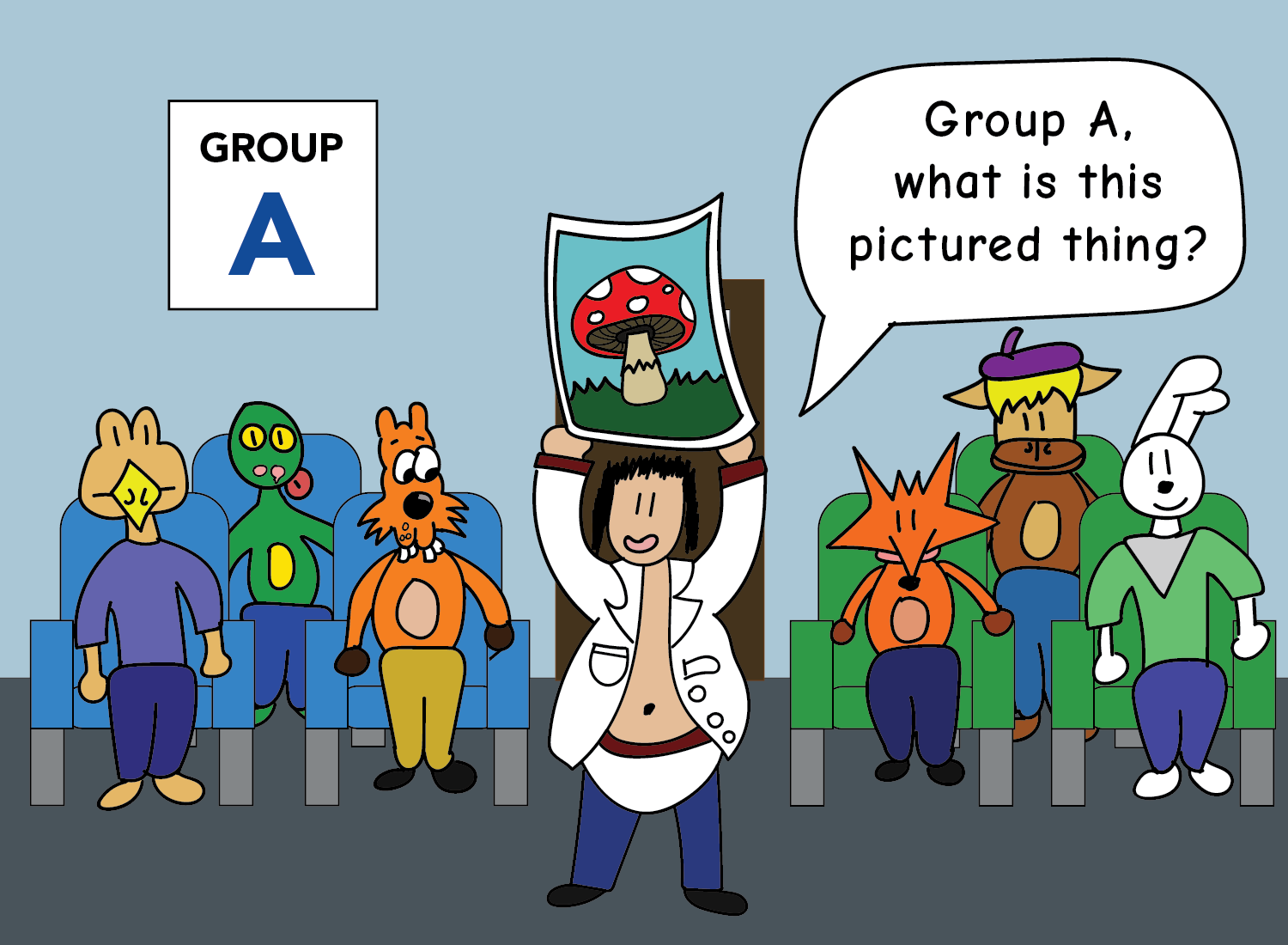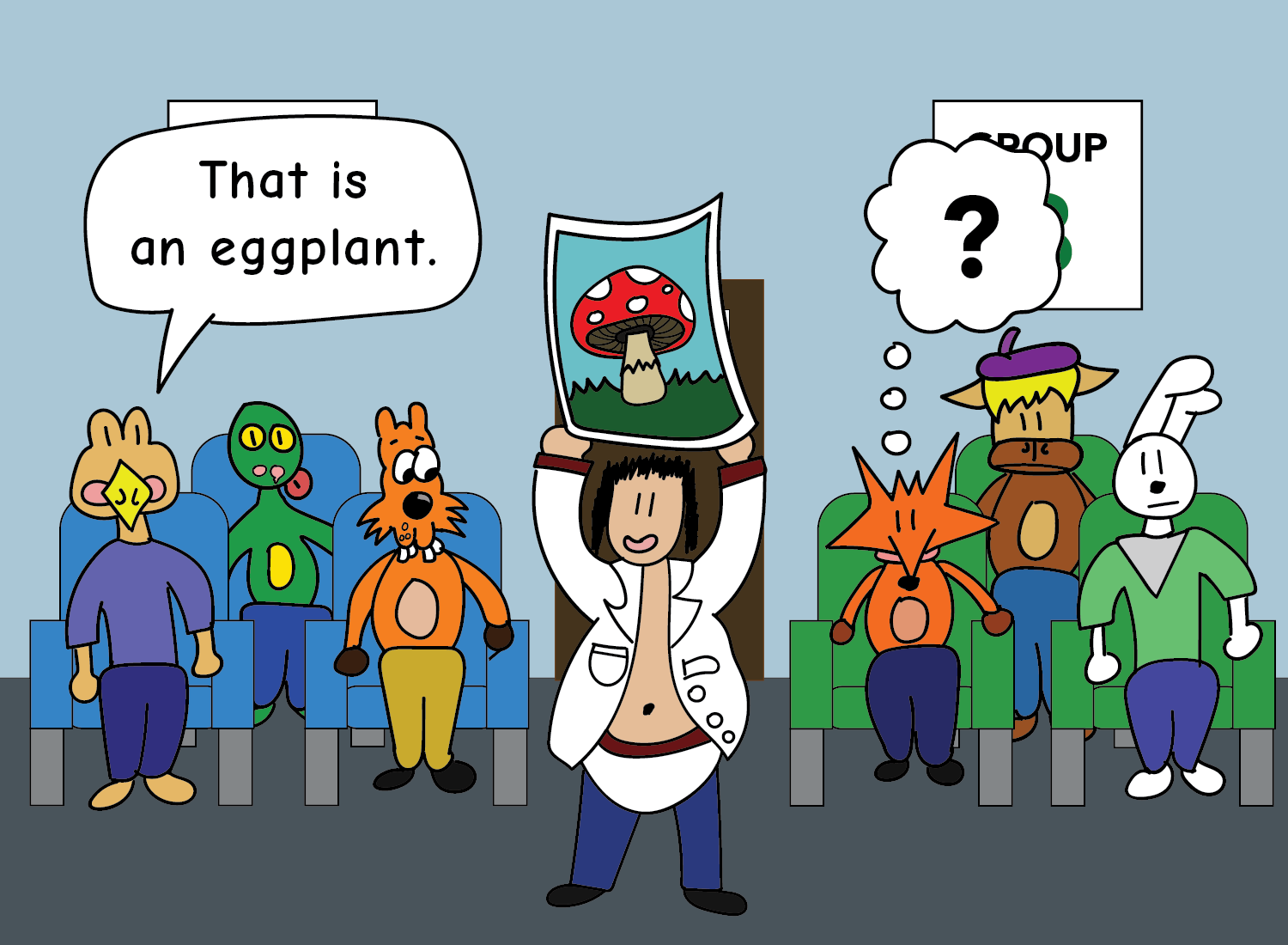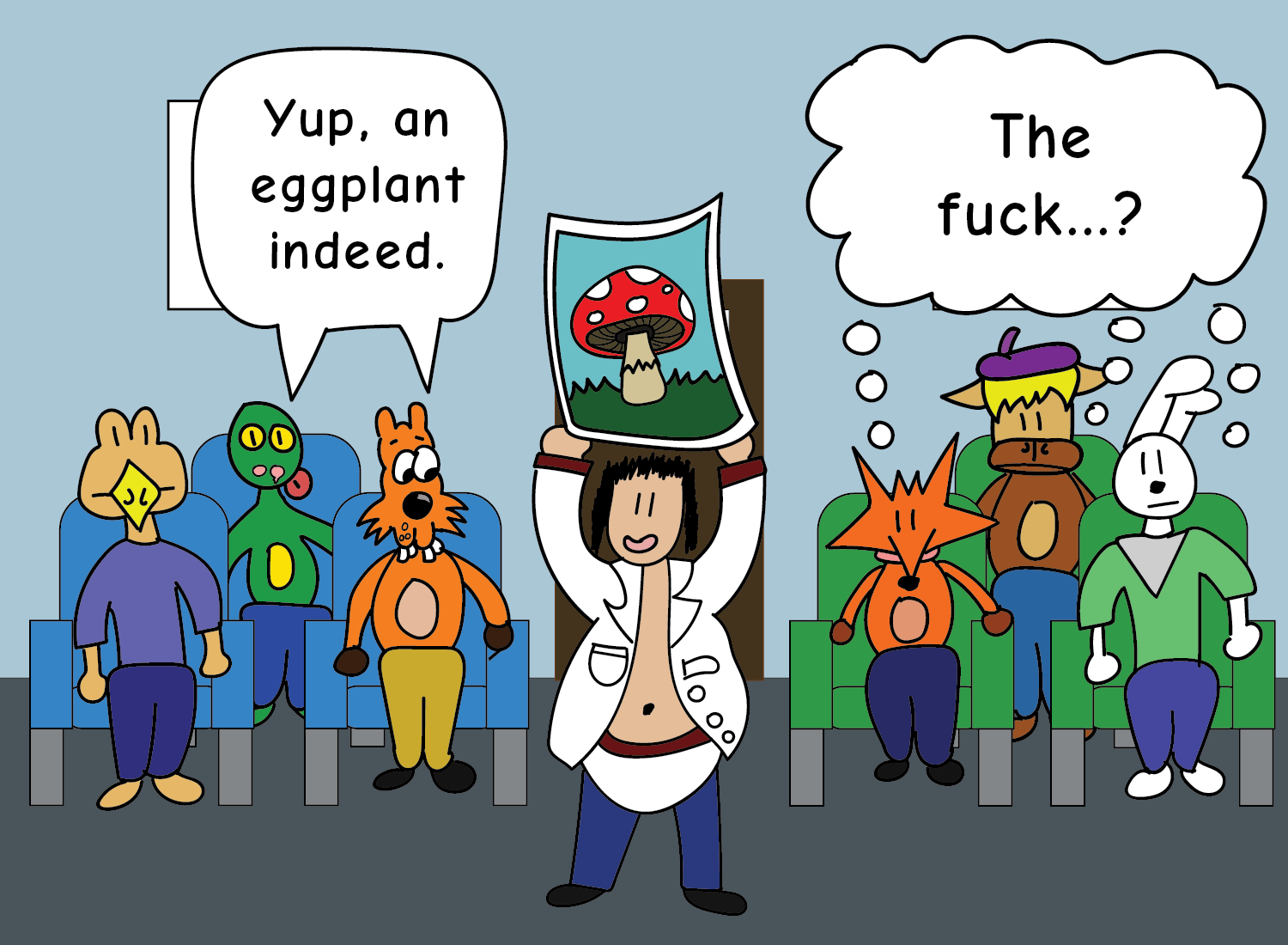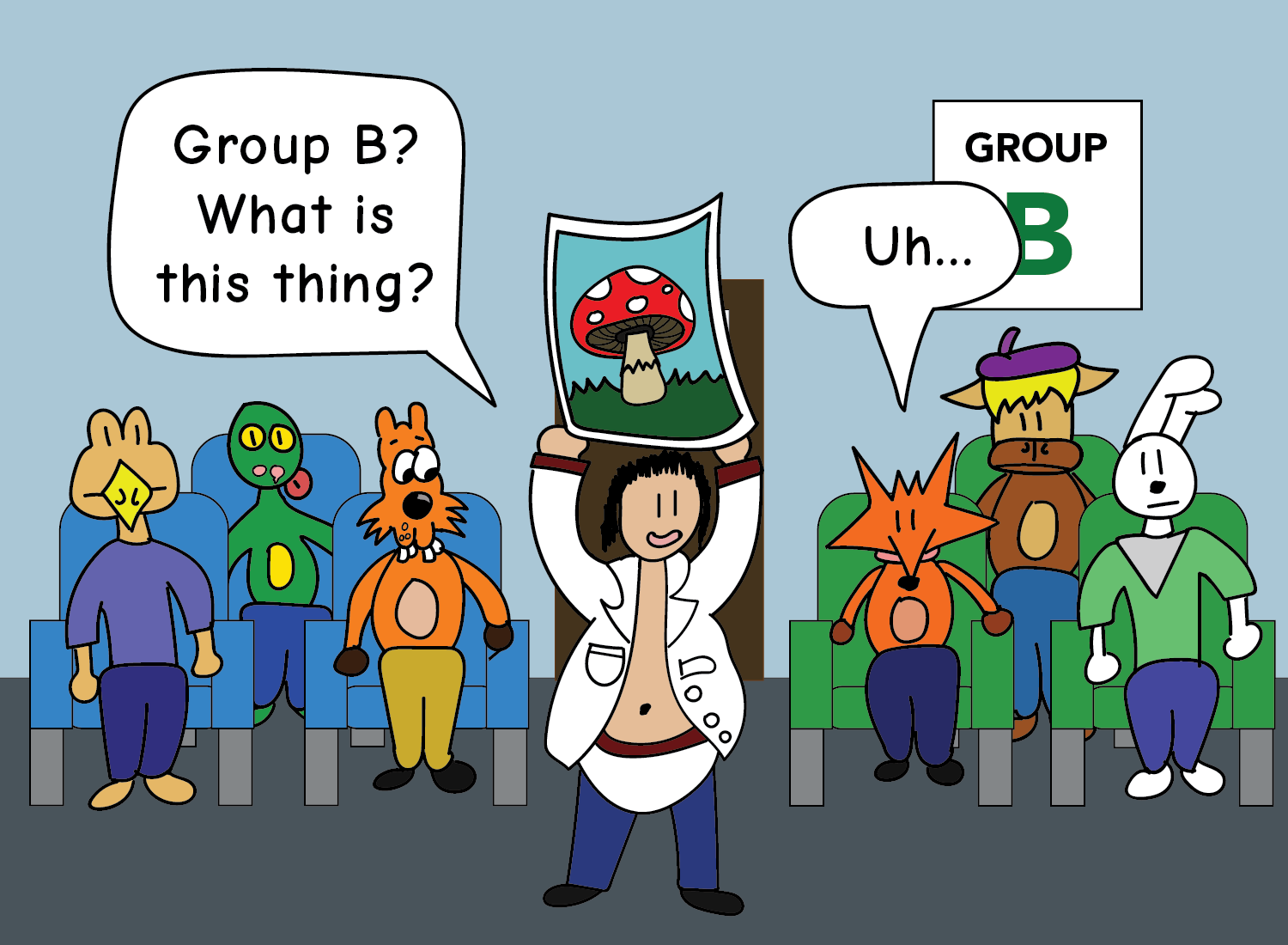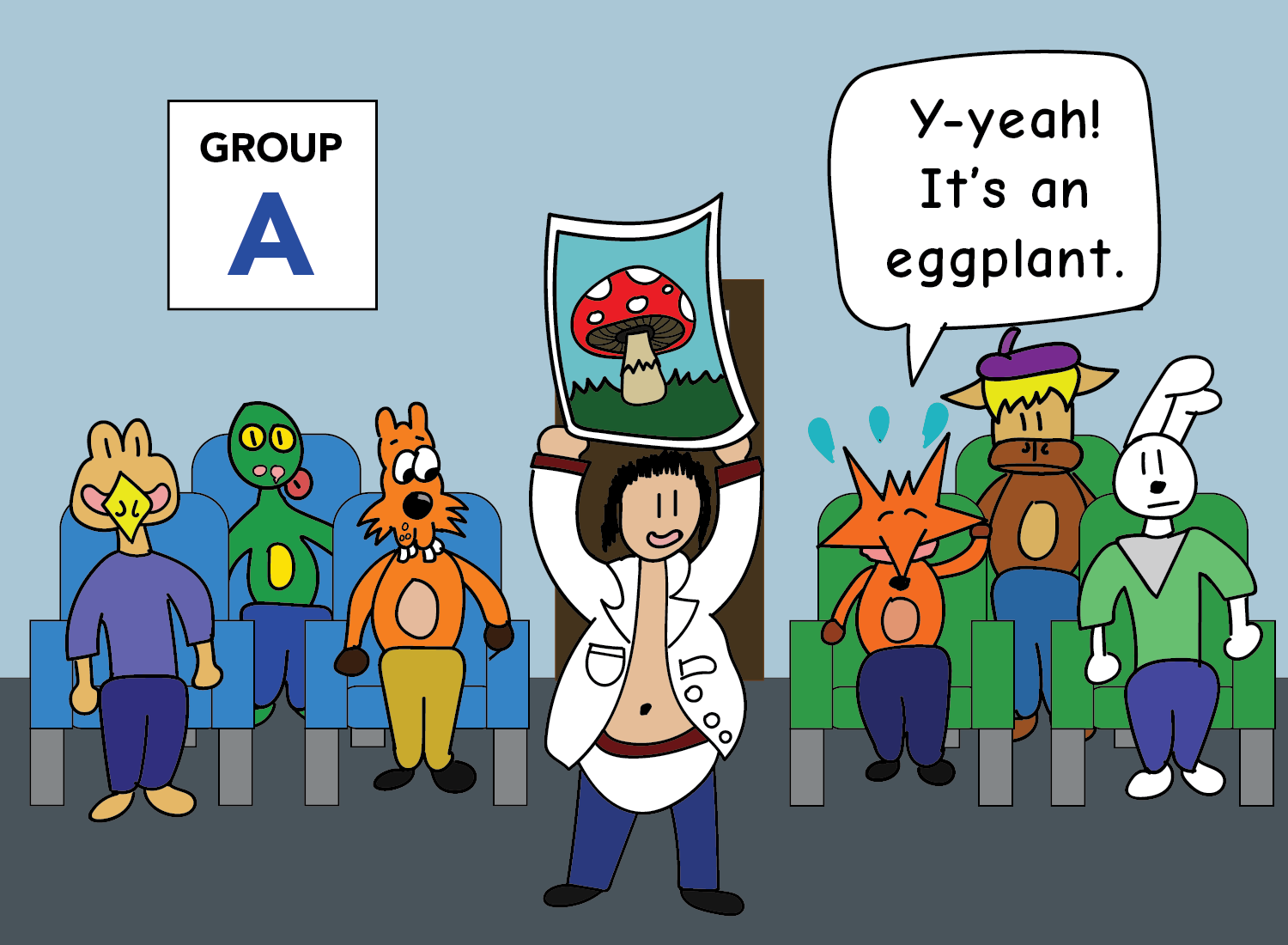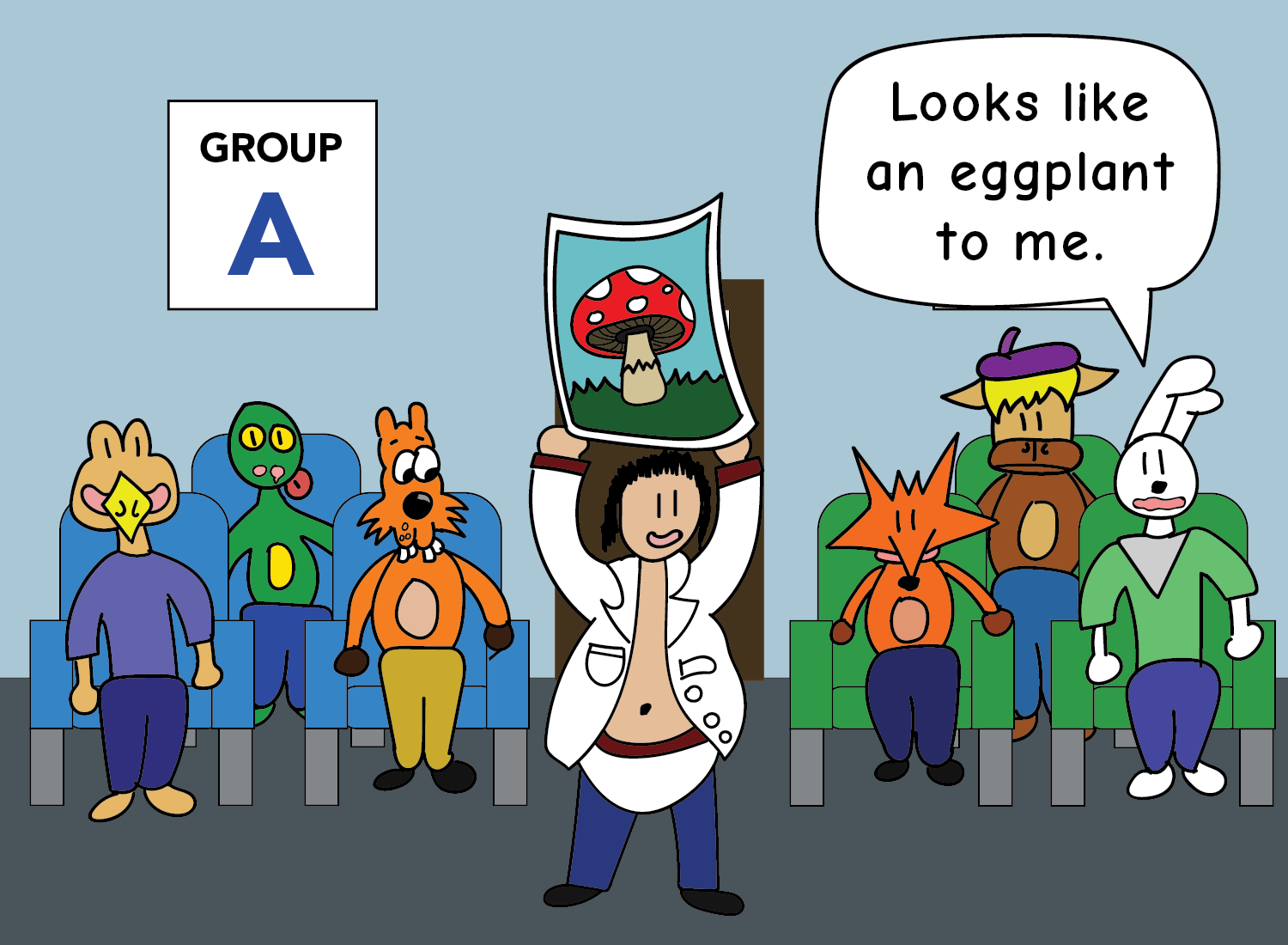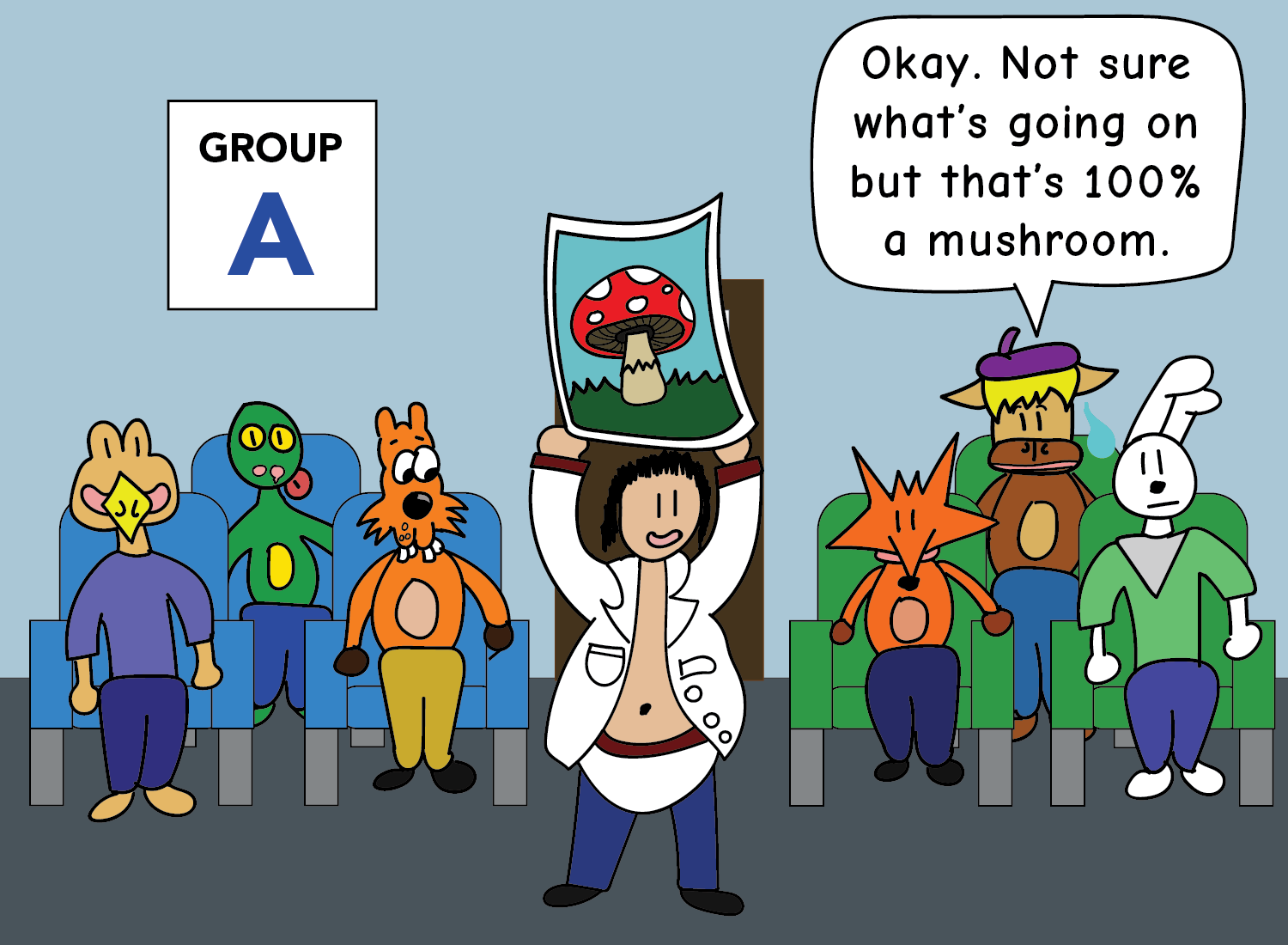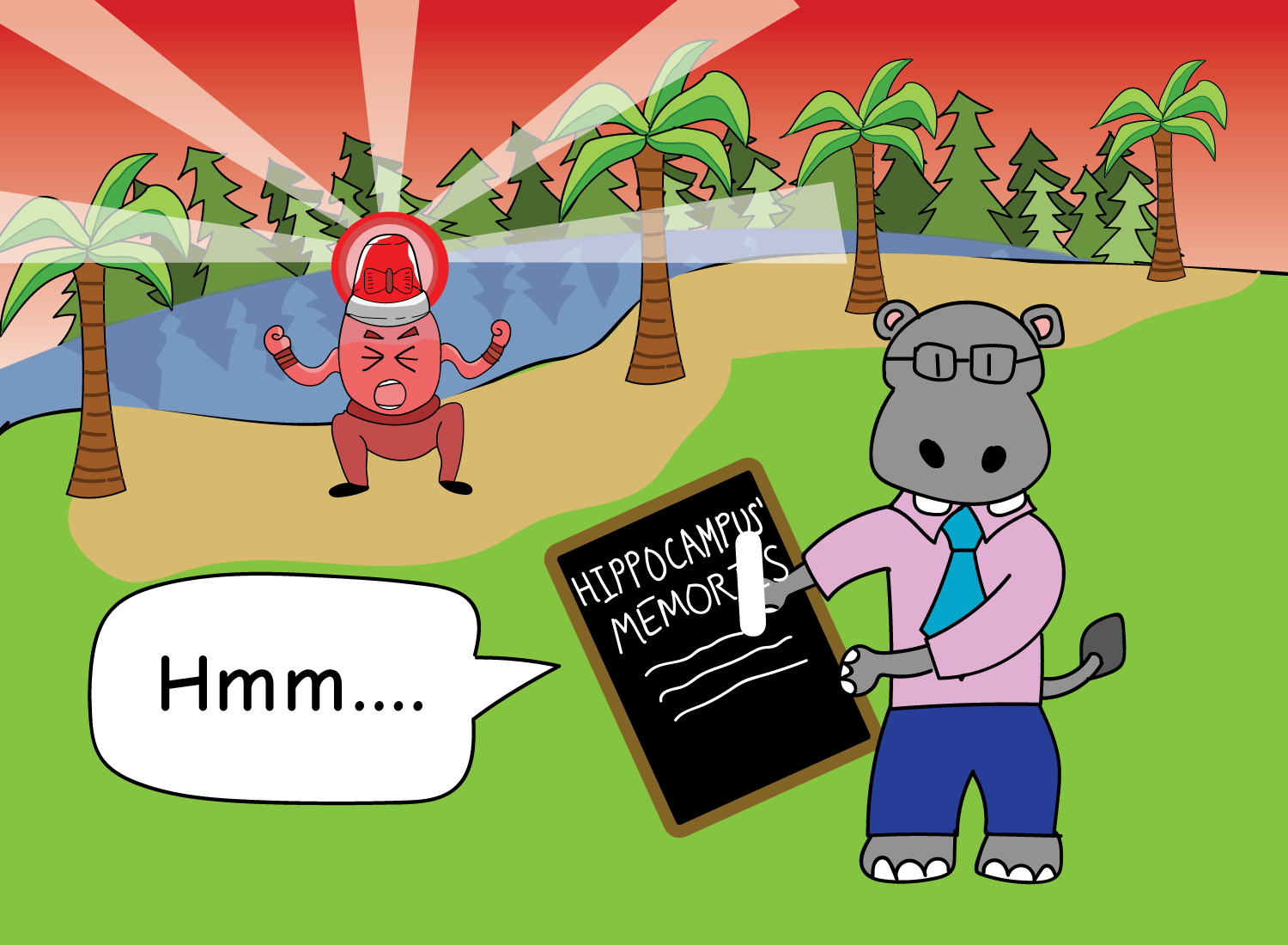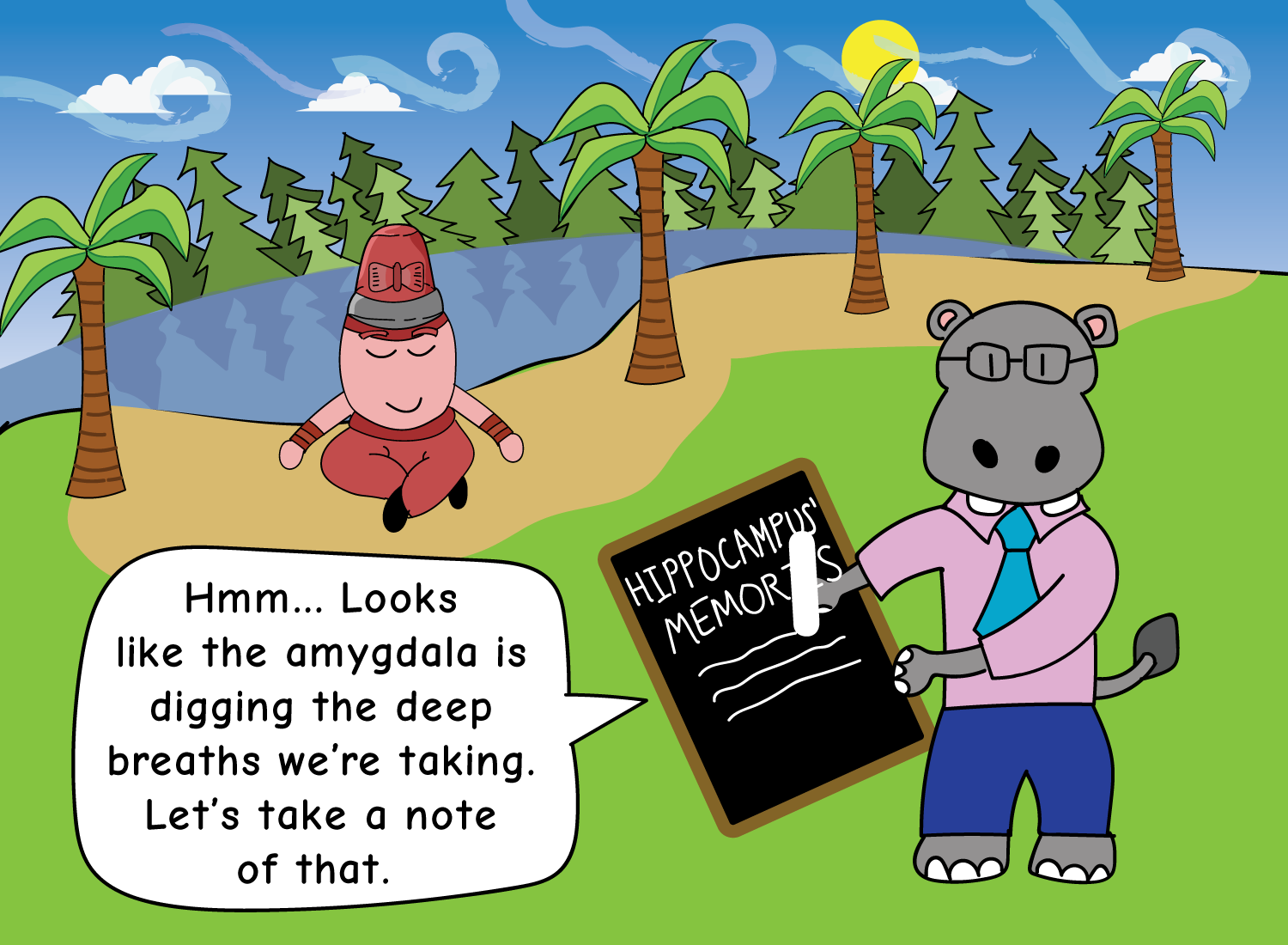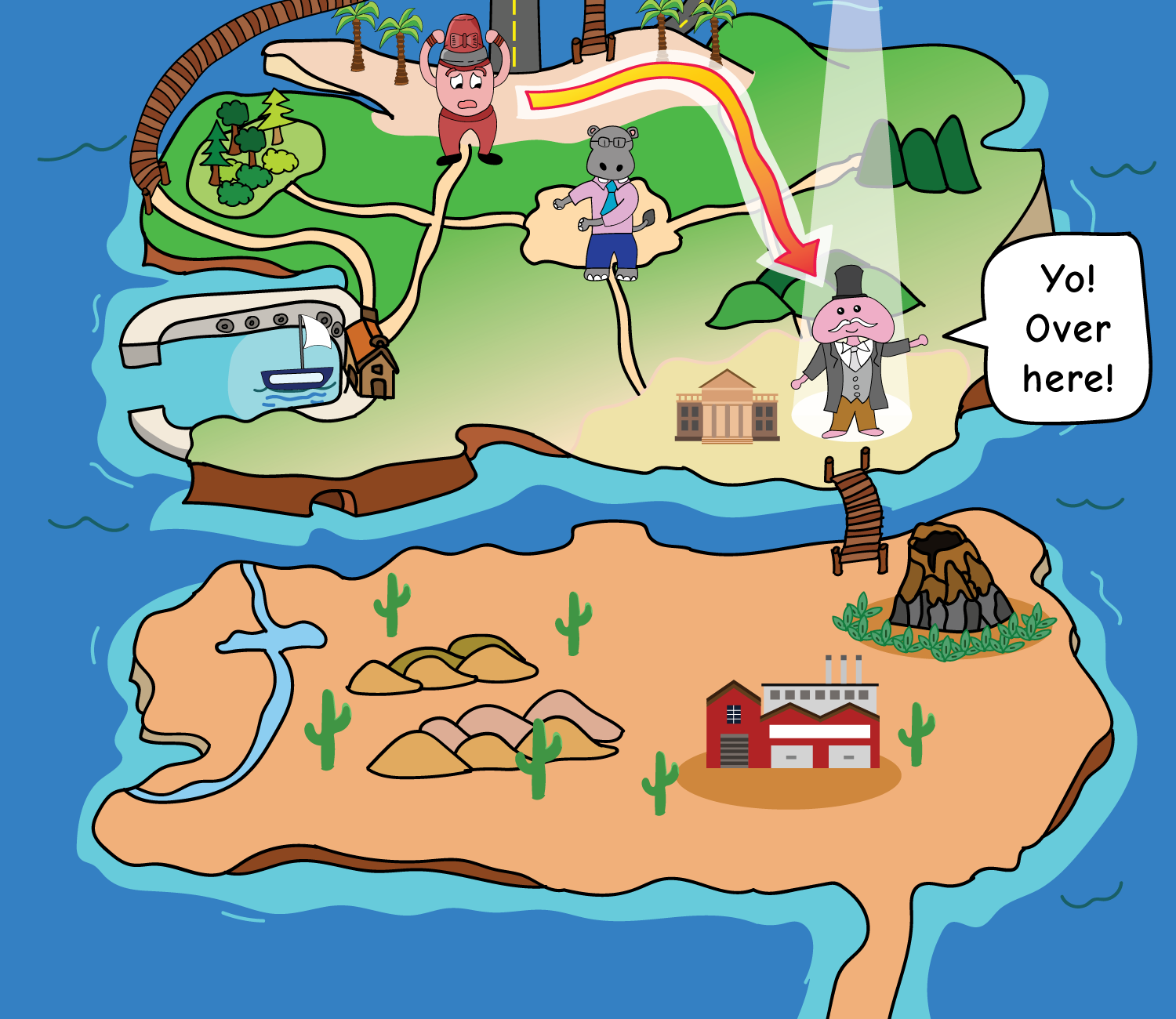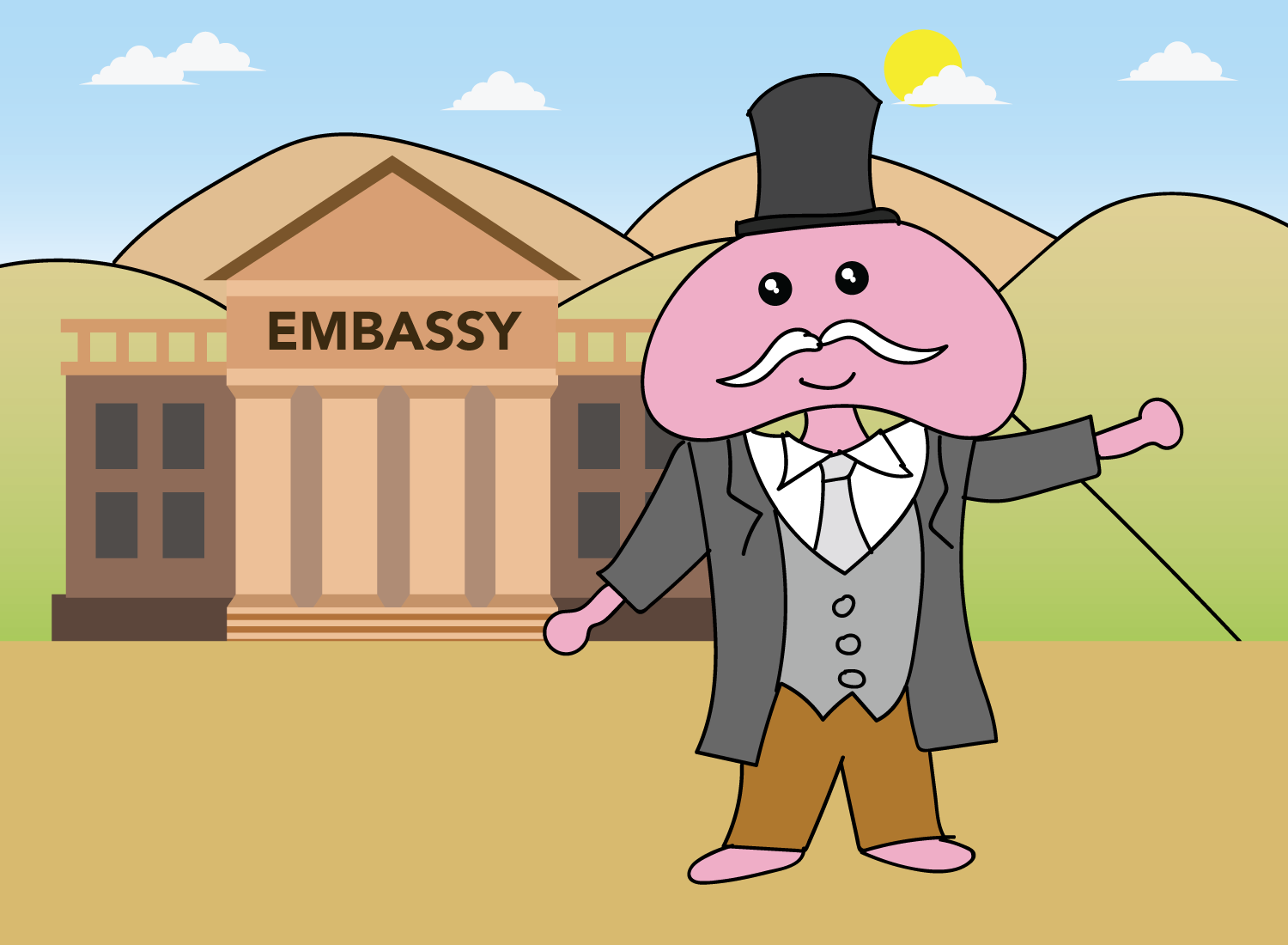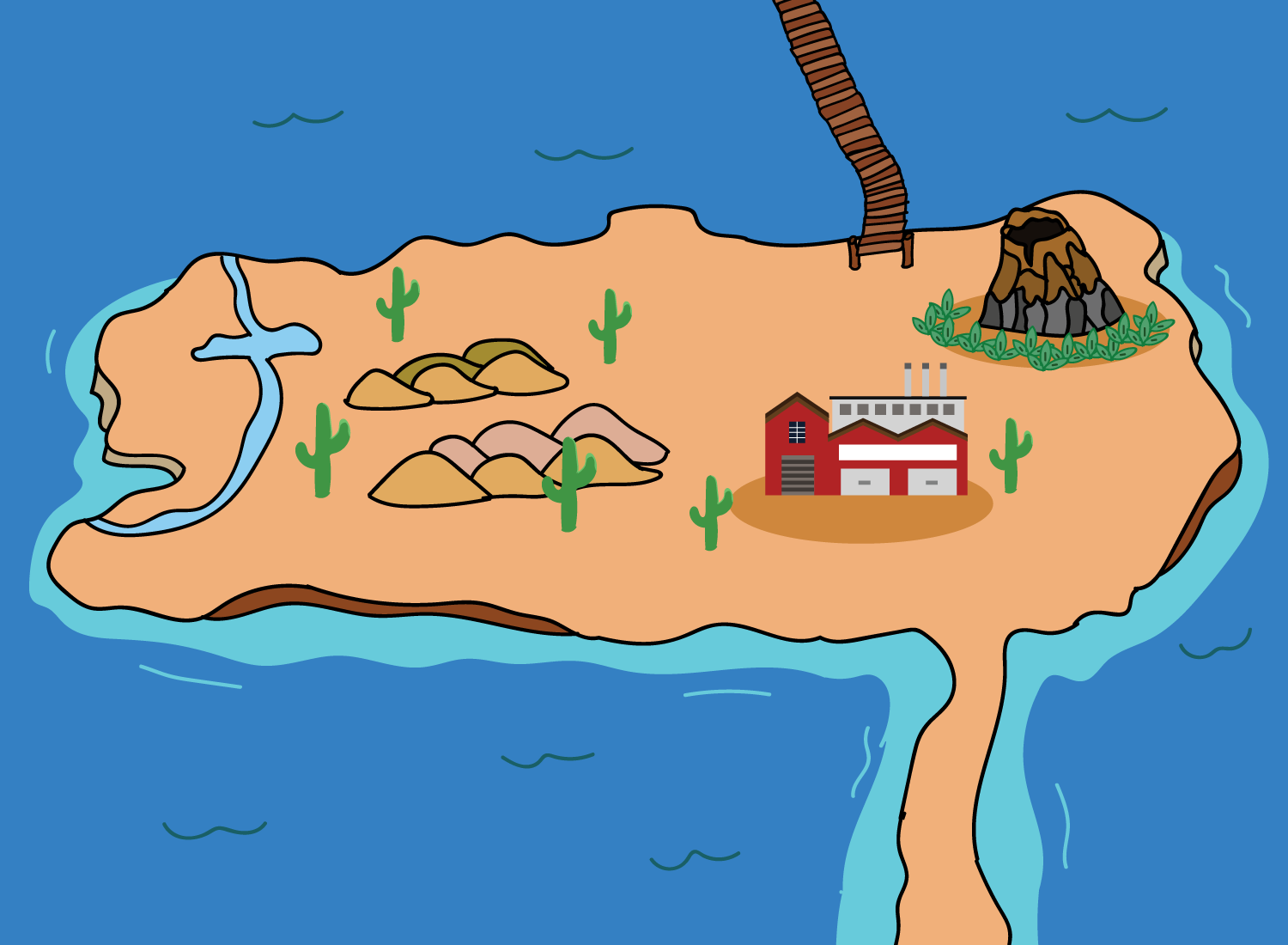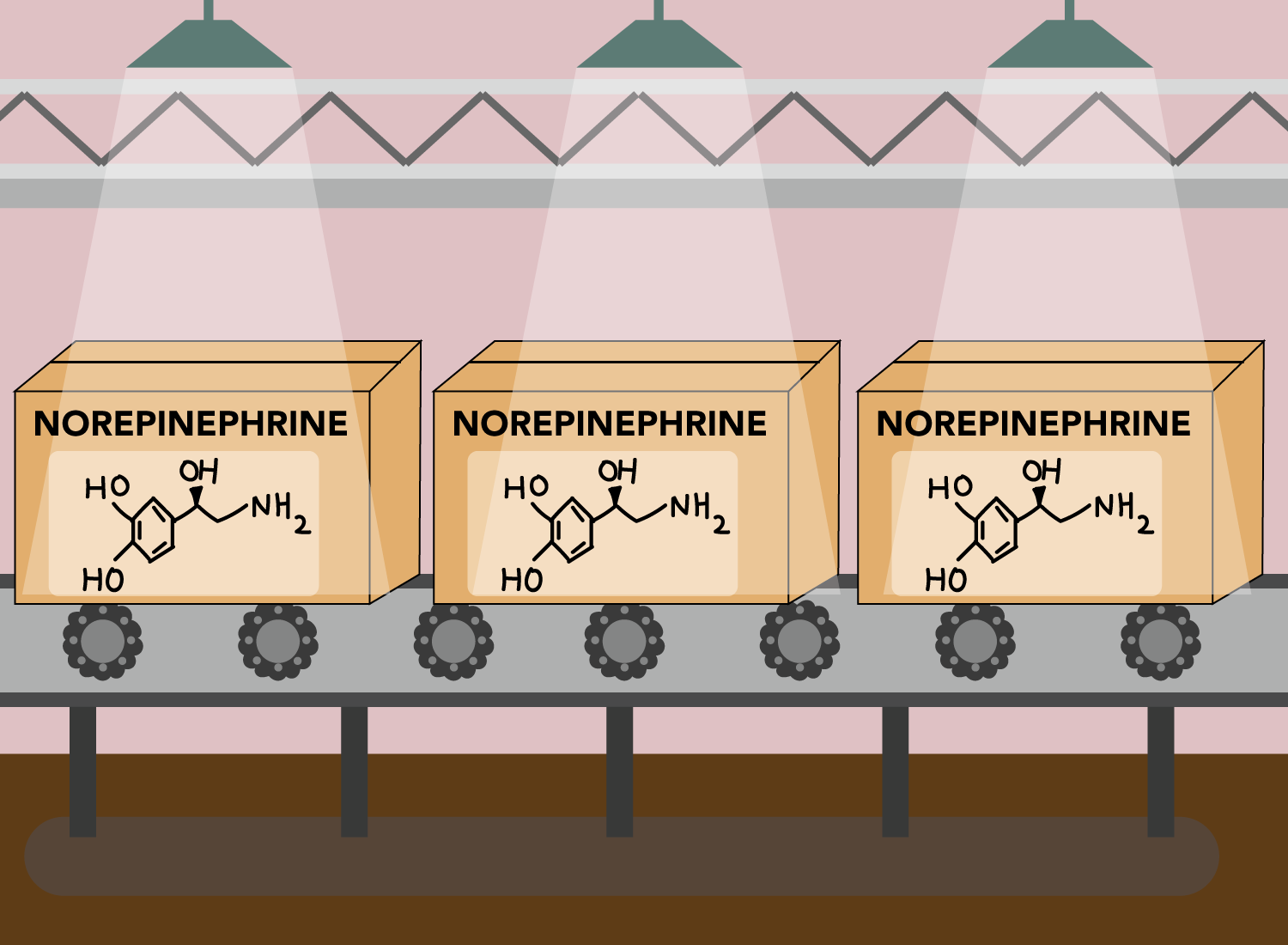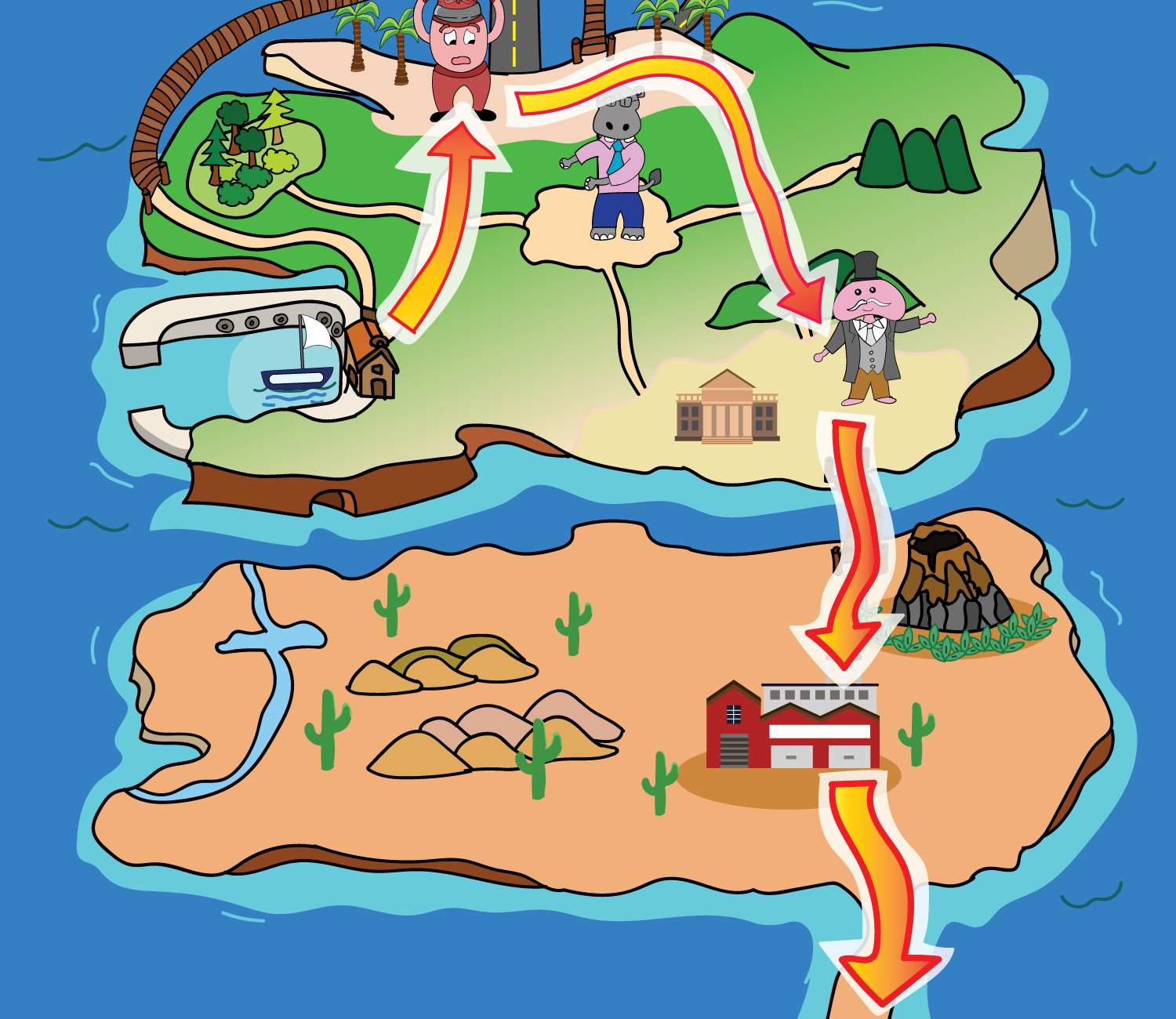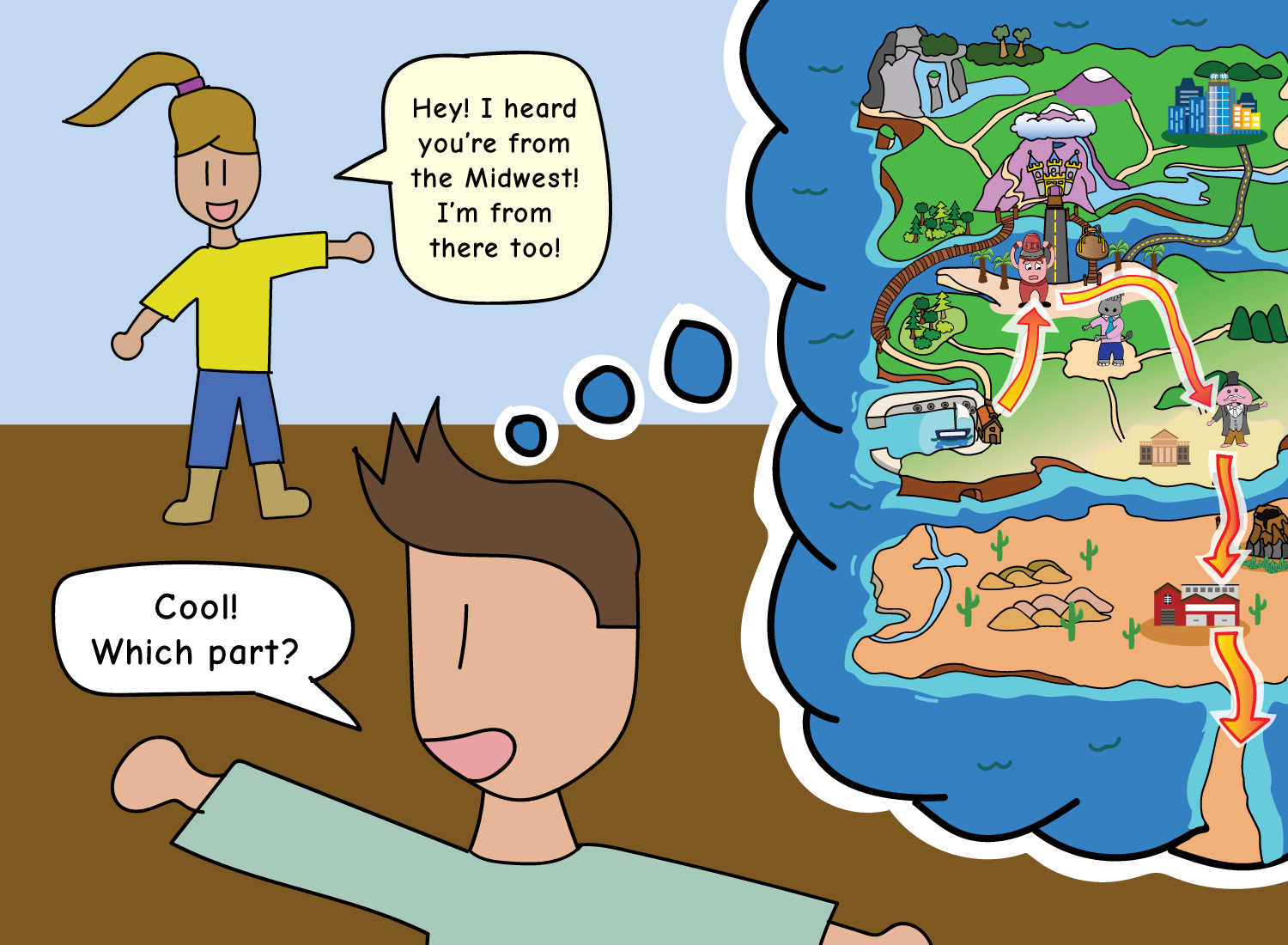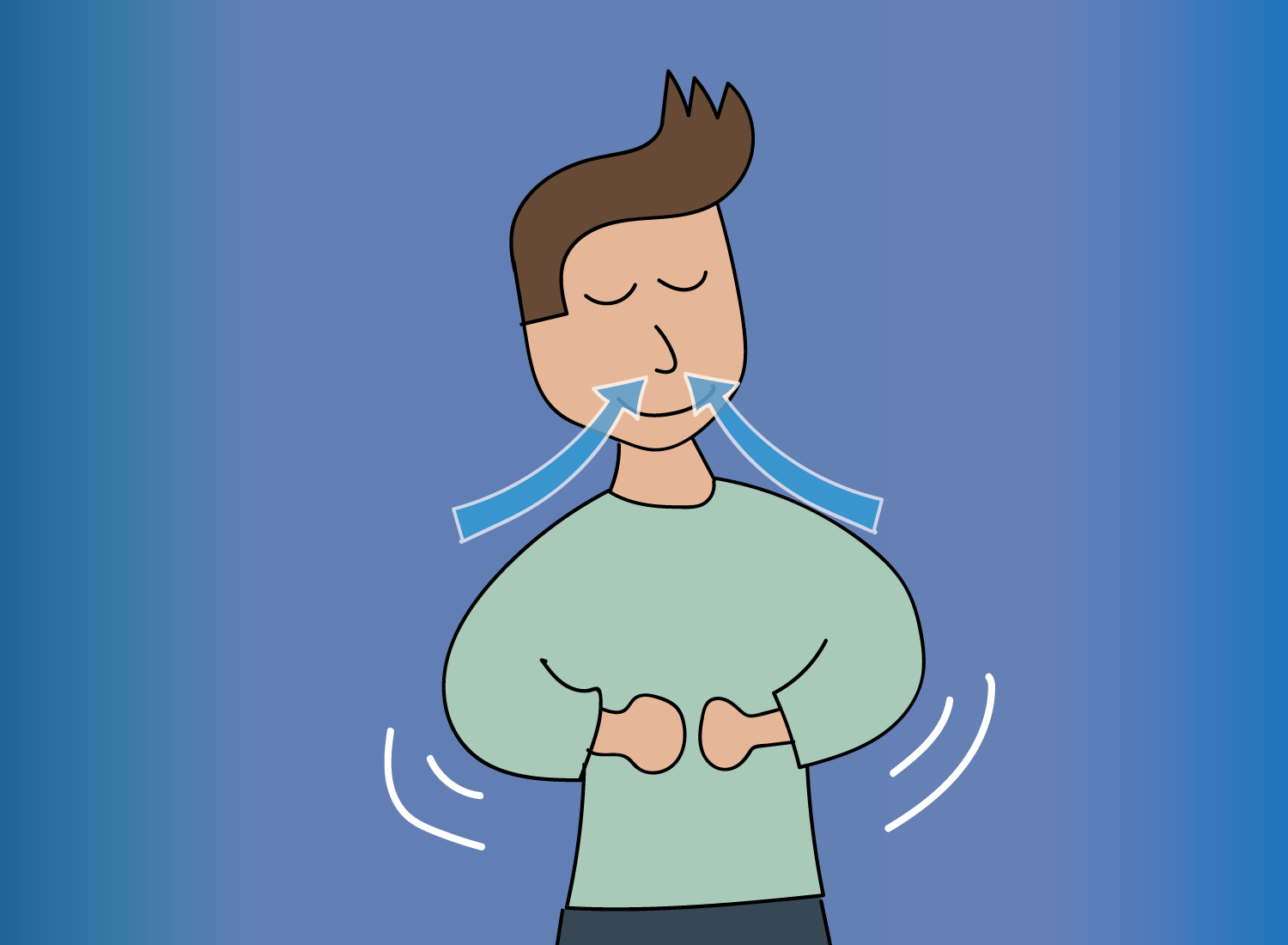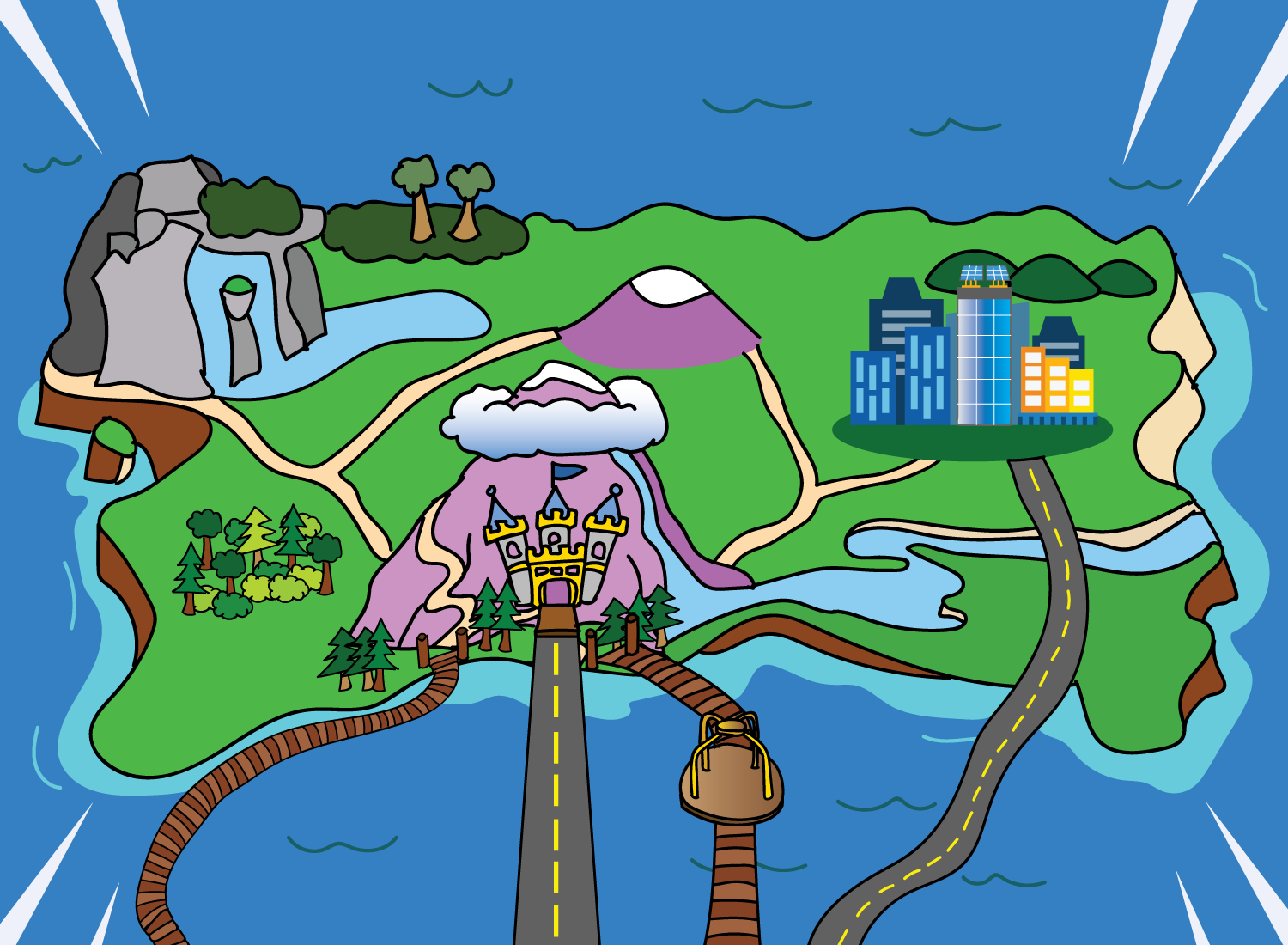You Are Not Your Anxiety: A Journey Into the Anxious Brain
Another Note: If you prefer to print this post out or read it offline, you can grab a nicely formatted PDF of it by becoming a patron.
I’m going to start this post off with a really, really weird question, but I need you to stay with me here.
Okay — here goes.
Do you remember the last time you had super intense and truly explosive diarrhea?
A bit of an uphill battle… but once again, I encourage you to stay with me here.
Perhaps you don’t remember the exact details of the diarrhetic experience, but I can guess that the following three things were true while you were going through it:
(1) You really, really wanted it to be over with
(2) You wanted to know what caused it
(3) You made a commitment to avoid doing whatever caused it again
Maybe you’re one of the few people in this world that enjoys having regular, routine bouts of diarrhea, but if you are not, then the three points above can almost act as laws surrounding this kind of experience.
Well, it turns out that these three laws apply to nearly all unpleasant physical experiences stemming from unknown origins:
- Migraines
- Toothaches
- Nausea
- Loss of senses (vision, smell, etc.)
Whenever we experience these types of physical discomforts, we cycle through the three laws so we can stop the uncomfortable experience, identify what caused it, and ensure that it doesn’t happen again.
Well, what if I added in a fourth law:
(4) Attribute the unpleasant experience to an unpleasant quality about your character
How would that make you feel?
What if upon completion of your diarrhetic episode, you concluded that it was good reason to believe that you were not worthy of love, you didn’t deserve friendship, or that you possessed nothing of value to contribute to this world?
Would that make any sense?
If you have a bad case of nausea, does that say anything about the quality of your family relationships?
If you are experiencing discomfort in your joints, does that invalidate an opinion you may have about the wonders of life?
“No, dude, of course not,” is the proper response to all those questions.
It wouldn’t make sense because these are purely physical sensations arising in your body that have nothing to do with the quality of your character. They say nothing about your life aspirations, whether or not you deserve love, or your position as a reliable/likable person in a community.
To put it simply: Law #4 is a lie.
Indigestion, heartburn, joint pain, loss of certain faculties, etc. are all the result of biological processes that occur without your conscious involvement. As a result, there is no connection between them and the inner qualities of your being and character. You having explosive diarrhea tells me absolutely nothing about who you are as a person.
While this makes sense, the deceitful Law #4 seems to hold significant power over the millions and millions of people afflicted by a specific type of biological condition:
Anxiety disorders.
Conditions such as Generalized Anxiety Disorder (abbreviated as “GAD”) or Social Anxiety Disorder (sadly abbreviated as “SAD”) can be debilitating forces that derail people’s lives into deep pits of fear, despair, and seclusion. What differentiates anxiety from other behavioral health disorders (such as depression) is the deeply woven interaction between the following three elements:
Physical Sensation
Sufferers of anxiety disorders don’t have to wonder when a bout of anxiety has hit them. They will feel it, and they will feel it as an individualized hurricane of unpleasant sensations. Highly uncomfortable sensations such as chest pain, shortness of breath, profuse sweating, dizziness, and tenseness can ripple throughout the body instantaneously.
The texture of these physiological discomforts1 in their combined form are very specific to each person despite their broad descriptions — it’s as if a bartender from hell took the most generic drinks (gin, whiskey, vodka, etc.) but used a very specific mixture of them to create a cocktail that only you will ever have. The texture of something like “tension” can be completely different from how another person describes it, and when you do this across the potential spectrum of unpleasant sensations, you get infinite possible permutations of this feeling of dread.
What further exacerbates the struggle of anxiety is the tendency to believe that only you alone will ever feel this particular cocktail of sensations, which is absolutely frightening. And speaking of frightening…
Emotional Interpretation
These physical sensations inevitably lead to an emotional deciphering of them. If you feel your chest suddenly tense up and your face flush hot red, that strong discomfort will make you feel something about it. Since we all experience ourselves as a fluid state of mind and body, the mind tags bodily sensations with an emotional experience so you know what to do with them — in the case of anxiety, these emotions are usually negative in nature (fear, dread, panic, embarrassment, and so on).
This attachment of a negative emotional state to a physiological discomfort makes sense, as Law #1 states that you generally want unpleasant experiences to be over with, and this is the brain’s way of telling you to get rid of it. It is this very response, however, that often leads to a lot of suffering for those that have anxiety disorders.
Behavioral Response
The behavioral response is the part of the wheel that holds everything together — the proverbial glue that solidifies the difficulties one faces with anxiety. It’s the part that converts these physical sensations and emotional experiences into a false narrative that you tell about yourself.
To illustrate this point, let’s walk through a possible behavioral response to social anxiety using the Three Laws of Terrible Experiences:
[Law #1] You really, really want it to be over with
Upon meeting a friend of a friend, your body experiences a wave of unpleasant physiological sensations that are overwhelming and uncontrollable. Your heart races, your lips shake, and your face flushes immediately. These sensations are accompanied by a feeling of fear and panic, and you don’t want to make these emotions known to this person you’ve just met. Since this interaction provoked these unpleasant sensations and emotions, you excuse yourself from the conversation because you don’t want to feel like this anymore.
[Law #2] You want to know what caused it
This has been going on for a number of years now, even with people that you know quite well. Yes, you intuitively know that you have some kind of anxiety problem, but why? This can’t be normal. Why have you been afflicted with this terrible thing?
Was it that one traumatic event from your early childhood that rippled its way into adult life? Or maybe it was that other one? Is it because you never “corrected” for your shyness and didn’t really contribute much to conversations? Maybe that led to an inability to say anything interesting…
The possible causes are endless, but you just can’t pinpoint the right one.
[Law #3] You want to avoid doing whatever caused it again
Since the physical sensations are so real but the cause of them can’t be attached to any external factor, you feel that your anxiety is the result of who you are internally and it must be saying something about your character. You feel like you must be afflicted with this acute sense of anxiety because there’s something inherently problematic with you in general.
So the common behavioral response to this is avoidance of social situations and seclusion of the mind. Things are scary out there, and your anxiety is telling you that something about your character is just not right.
While this type of behavioral response is common, the underlying narrative could not be further from the truth. If a bout of indigestion or a physical ailment tells me nothing about your values as a human being, having anxiety also tells me nothing about the merits of your character. These are all byproducts of processes in our biology rather than flaws in our humanity, and the more we understand this, the more we can make progress in managing the difficult symptoms and behaviors that arise from this condition.
This post will act as a brief primer on the neurobiological basis of anxiety disorders — it will explore the weird object known as the human brain, and the players involved in creating the physical sensations associated with anxiety.2 After spending many weeks researching this subject (primarily using these two wonderful books: The Anxious Brain by Margaret Wehrenberg and Anxious by Joseph LeDoux) , I’ve found that understanding the biological mechanics of anxiety can be greatly beneficial for the following three reasons:
(1) It helps to relieve the destructive tendency of looking for the personal reasons behind one’s anxiety
While determining the causes of an illness can be helpful in finding the best ways to address them, the desire to do so for those with anxiety disorders can often lead to unnecessary levels of suffering. The search to find the elusive “event that caused it” primes the belief that anxiety arises purely as a result of traumatic emotional events, and puts the burden on your personal mental history to discover it.
In reality, the mind and body are one inseparable entity, meaning that emotional events are the result of a flow of information brought forth by activity in the brain, and vice versa. Anxiety does not necessarily arise solely because of a concrete external event that happened to you — it occurs because of the false signals the physical brain is producing that provokes intense emotional and physiological responses to them. Once we get better at remembering this, we can shift our attention away from obsessively finding the emotional root of anxiety over to using thought-management methods to better tame and control the responses to it.
(2) It motivates change by having one understand the link between lifestyle shifts and brain activity
While reading about all the intricate shit the brain is doing, it helped me understand why it’s so important to exercise and eat well. In fact, I realized that exercising does so much more for my mental health than my physical health, and it gave me a clear picture as to why that is the case. Now when I go for a swim or go running, I know what exactly is happening in my brain, which further motivates me to maintain a regular schedule in doing so. This link between knowledge and lifestyle can become a powerful tool when undergoing treatment and therapy for anxiety.
(3) It lessens self-blame and self-condemnation
This is perhaps the most important one of all. Anxiety can be such a crippling disorder because of the stories we tell ourselves about it. If you feel a pervasive sense of dread whenever you are with your friends, it makes sense that this would inevitably lead to a negative narrative you construct about yourself. The physical discomforts and emotional symptoms you experience can cause your self-worth to plummet, and make you feel that you are not deserving of friendship or love.
Any justification behind self-deprecation is the oldest myth the mind has ever told itself. And in the past, we only had inspirational stories to explain why we shouldn’t blame ourselves for the shitty things we feel (religion, mythology, etc.).
But now, we have science as well.
We can now pinpoint the exact things that are happening within the brain that may cause you to feel these condemning thoughts and responses. And when these processes are outlined, it becomes very clear that you are not your anxiety. Knowing about the details of the anxious brain greatly lessens the self-blame that prevents effective therapy and treatment, and also helps to disassociate yourself from the sensations that come with it.
Hopefully I’ve convinced you that learning about the anxious brain is pretty important. But to understand it more, we first need a case study to delve deeper into.
Thankfully, I’ve found someone that can help.
The Story of Sam
Say hello to Sam.
Sam has social anxiety disorder, which impacts approximately 15 million people in the United States alone. His social anxiety started to develop when he was around 18 years old, which is an age where the initial development of SAD is quite common. In fact, there are two peaks of incidence:
- 11–15 years of age
- 18–25 years of age
When looking at these two age ranges, it makes sense why anxiety disorders are commonly birthed there. These are periods where physical, social, and educational changes are sudden and dramatic — between the ages of 11 and 15, puberty is a thing that comes and fucks up all the definitions of what it means to be male or female, and what it means to co-exist with one another. From 18 to 25, people are expected to take on unprecedented levels of independence and enter super complex social structures like college or work without much parental guidance.
These are stressful times, and different brains respond in different ways.
For Sam, heading off to the foreign world of college was the onramp to his ongoing struggle with anxiety. After graduating as a valedictorian in his small Midwestern high school, he was really looking forward to entering college as a freshman at a large university in California. He was going to spend the next 4 years in a foreign coastal city surrounded by smart, weird, and hopefully fun people from all walks of life.
But when he arrived on campus, he felt a strange feeling of isolation and fear that he first attributed to “new beginning jitters.” He understood that nervousness was a normal part of any new chapter (especially when it comes to meeting new people), so he brushed off his inability to connect with others as typical growing pains of a fresh college student.
However, as the days became weeks and the weeks became months, his initial bout of “new beginning jitters” morphed into something entirely different. While he felt somewhat comfortable with his roommate, his mind and body would experience almost unbearable levels of fear and anxiety when faced with various social situations.
Whenever Sam would meet someone for the first time or hang out with an unfamiliar acquaintance, his heart rate would rapidly increase, causing his chest to tighten up as tension swept through his entire body. This overwhelming feeling of dread would start from his heart and quickly make its way to the top of his head, causing his mind to race violently in the process.
As he would try to converse with a stranger — let’s call her Sharon — his mind would spew out thoughts at a frantic and chaotic manner.
Anxious thoughts quickly bombard his mind as a response to his uncomfortable physiological sensations, causing them to grow even stronger. As these sensations intensify, Sam avoids eye contact with Sharon as much as possible, believing that she will judge him for being the anxious wreck that he is. He tries his best to carry along the conversation, but believes that he is being judged every step of the way.
However, the reality is that no one is really judging him, and Sharon is genuinely excited to meet Sam. She’s heard a lot of great things about him, and just wants the opportunity to get to know him better. She doesn’t really notice all the things that Sam is experiencing, and even if she did, it doesn’t matter to her because she believes that she’s engaged in good conversation.
But even if Sam knew all this, it would be difficult to feel reassured because all these physical sensations are telling him otherwise. Despite him knowing that this conversation is not a life-or-death situation, his mind and body are automatically reacting to her presence as if it were just that. These physical discomforts (rapid heart rate, flushing of the face, etc.) are giving way to an emotional interpretation of them (fear, dread, embarrassment), thus solidifying themselves into a behavioral response of avoidance.
The reality, however, is that these sensations are the result of neurobiological processes that are happening within his brain, and they don’t have anything particularly wise to say about the narrative of his character. In order to break the link between these physiological sensations and his behavioral response to them, it’s important to take a look at what’s going on underneath the hood. When we’re able to understand the automatic processes that happen here, it becomes easier to disassociate ourselves from the thought that our anxiety defines who we are.
So what we’re going to do now is zoom in on that mysterious, three-pound hunk of goo sitting in Sam’s head. This impossibly intricate, complex mesh of neurons, cells, and tissue has provided us with all the wonders we see before us today, but it’s also making Sam feel terribly petrified at the sight of Sharon’s presence.
What exactly is happening here when Sam’s social anxiety kicks in? How does an external social cue / stimulus cause his body to instantaneously tense up and sweat profusely?
Well, let’s jump into Sam’s brain and find out.
The Biology of the Anxious Brain
The thought of illustrating an actual brain is an extremely daunting task, as it’s nowhere near as simple and cuddly as I’ve been drawing it to this day:
If you search online for some actual images of the human brain, you’ll find that the thing responsible for so much beauty in this world looks like an absolute shitshow. It’s a hot mess of blood, tissue, and goo that looks really difficult to map stuff onto, so I’m going to take a different approach to illustrating it in this post.
One model I’ve found particularly useful in providing a high-level view of the brain is Paul MacLean’s triune brain model. It breaks the brain down into three metaphorical (not literal) layers, with each section having a group of components working together to achieve a greater function.3 Using this model as our navigational tool, let’s imagine the brain as if it were a world divided into three interconnected islands:
(1) Land of the Wise
(2) Land of the Emotional
(3) Land of the Automatic
Here’s the official More To That map of this three-continent brain:
There’s a lot going on in this wild amusement park, as each continent has its own inhabitants and gears that allow the whole system to work. We will soon visit each one, but in an order that follows how an external stimulus is processed through each of the lands to create the dreadful feeling of anxiety.
Before we begin the tour, let’s rewind the tape to seconds before Sam meets Sharon.
They will meet shortly, and Sharon will become the external stimulus that pushes Sam’s anxiety into full gear the moment it happens.
So in the context of our map, Sharon is the passenger aboard the S.S. Stimuli, the boat that is headed toward Sam’s awaiting brain.
The S.S. Stimuli’s destination is the Land of the Emotional, which is where we will begin our tour.
The Land of the Emotional
The Land of the Emotional, or the LOE, is better known as the brain’s limbic system. The term limbic system comes from the Latin word for “ring,” which refers to the structures that ring around the upper part of the brainstem.4
The limbic system is responsible for taking in external stimuli, initiating involuntary responses to them, and assigning emotional significance to them afterward. It is the part of ourselves that we jokingly call “our monkey brain”, where impulsive behavior and automatic responses to our environment can reign supreme.
It’s the part of our brain that evolved to make us feel fear when we see a lion, arousal when we check out an attractive person, and hunger when watching someone eat a delicious meal. The LOE has allowed us to use pleasure and fear as tools to propagate the human species, but if left unchecked, it can lead to a significant number of problems. We’ve explored the bugs of natural selection in the past, but if you were looking for an actual location of where these shortcomings originate from, look no further than the Land of the Emotional.
The LOE is our starting point here because this is where the brain first receives the S.S. Stimuli. And the place it does this is at the port of the thalamus, which acts as the relay station for incoming information from the external world.
Upon receiving a stimulus, the thalamus makes an instantaneous evaluation of it, then sends its results to two primary places:
(1) The amygdala (which resides in the Land of the Emotional as well), and
(2) The Land of the Wise.
The amygdala will make its grand entrance shortly, but it’s important to remember that the thalamus also sends its information to the Land of the Wise as well. However, since the amygdala lives right next to the thalamus, it receives sensory information faster than the Land of the Wise does (in fact, the neural pathway from the thalamus to the Land of the Wise is literally longer than the one going to the amygdala). This will be very relevant when we begin discussing the function and characteristics of the Land of the Wise in the next post.
So in Sam’s case, the thalamus has received Sharon’s face as an external stimulus, and has passed that information along to the next character, the amygdala. The amygdala is one of the central characters in initiating the brain’s anxious response, so let’s take some time to explore this odd thing.
The Amygdala
The amygdala is the reason why the Land of the Emotional is just that… an extremely emotional place. The amygdala acts as the brain’s early warning system, and assigns emotional significance to incoming information from the thalamus. And since it’s the first part of the brain to produce a reaction to this stimulus (the specific area of note is the lateral amygdala), it is the pivotal character to much of the emotion behind fear and anxiety.5
Robert Sapolsky, an author and professor of biology and neuroscience at Stanford, describes an experiment in his book, Behave, where this phenomenon is clearly shown:
“In one study subjects in a brain scanner played a Ms. Pac-Man-from-hell video game where they were pursued in a maze by a dot; if caught, they’d be shocked. When people were evading the dot, the amygdala was silent. However, its activity increased as the dot approached; the stronger the shocks, the farther away the dot would be when first activating the amygdala, the stronger the activation, and the larger the self-reported feeling of panic.”
While this pretty-fucked-up experiment clearly shows that physical pain will trigger amygdala activation, I wondered how various social situations (i.e. meeting strangers, not conforming to social norms, etc.) would also cause the amygdala to freak out.
Interestingly enough, Sapolsky states that there is a link between amygdala and social nonconformity as well. Imagine an experiment that goes something like this:
That one person that stuck to his guns showed distinct amygdala activation.
The desire to fit in with a group is deeply embedded in our brains, so when the risk of being a social outcast is high, the amygdala freaks out and sounds the alarm. This fear of being “the other” is undeniably tied to social anxiety, where its sufferer is under the continuous assumption that he is not exhibiting behavior that would make him likable.
This is what happens when Sam’s amygdala receives information about Sharon’s status as a stranger. Sam’s amygdala has been conditioned to treat unfamiliar faces as threats to his survival, so Sharon’s presence causes it to prepare other parts of the brain for an instantaneous stress response.6
As the amygdala sends its alarmed response over to another player in the Land of the Emotional (who we’ll get to shortly), I want to pause for a moment and draw your attention to this interesting fella, who is feverishly recording everything that’s going on in the background.
This is the hippocampus, and you can think of it as the record-keeper of the mind. The hippocampus is vital for the development of memory, and it pairs the details of a situation with the emotion that the amygdala generated for it.
It feverishly writes down all the events and emotions of the day on a big scratchboard, and when the day is over, it will deliver this up to The Land of the Wise for memory storage and processing. During the all-important REM sleep cycle, the insignificant details of life are discarded, and significant information is stored as long-term memory. This process will then free up the hippocampus’ scratchboard, which allows it to record all the details and events of a fresh new day.
So if the sight of Sharon’s face got Sam’s amygdala all worked up, the hippocampus will record that fact, and will process it as a significant event for the day. As a result, unfamiliar faces can be tagged as fear-inducing stimuli for Sam, regardless of whether or not Sharon continues to be the unfamiliar face in question. It can be any stranger that causes it due to the emotion associated with that encounter — this is why anything that can remind someone of a traumatic event (a smell, a sound, etc.) can elicit the stress response that was experienced during the actual event itself.
The hippocampus’ role as a record-keeper is important to remember as we continue this tour of the anxious brain — if we can determine how to “unlearn” the fear associated with an external stimulus, the hippocampus will also keep track of that fact too. Any progress or work we do toward treating anxiety will also be recorded by the hippocampus as well, which is a great thing to be mindful of when addressing it head-on.
Okay, now that we’re aware of the hippocampus’ background omnipresence, let’s get back to the amygdala.
At this point, the amygdala has interpreted Sharon’s presence as an immediate threat, and wants to initiate the body’s stress response to prepare it accordingly. The famed fight-or-flight response is the body’s way of putting you in a state of alertness to address a stressful situation — whether the stimulus is a hungry mountain lion or an unfamiliar human face, the body will go through the same motions to prepare you for it.
The pathway to a physical sensation starts with a character living in the Land of the Emotional, but it lives in an embassy representing another continent: the Land of the Automatic.
The amygdala has alerted the ambassador living in this embassy, who is none other than this guy.
The hypothalamus.
The hypothalamus takes the fear alert from the amygdala and translates it into a message that the Land of the Automatic could understand. It does this through the release of something called the corticotropin release factor, which will kick off a series of events that leads to all the unpleasant sensations associated with intense anxiety.
To see what happens next, let’s now head south, where we’ll see how the hypothalamus’ message translates into the formation of the stress response.
The Land of the Automatic
The Land of the Automatic (“LOA”) is an ancient and primitive place — I imagine it to be the desert ruin of the human brain.
In Paul MacLean’s triune model, the LOA is known as the “reptilian” part of the brain — it’s the part of our brain that regulates automatic functions like heart rate, breathing, blood pressure, temperature control, etc. — essentially, it’s the engine that keeps the brain working without asking too many questions.
Although the LOA seems very mundane on its surface, it plays a huge role in the creation of uncomfortable sensations for those with anxiety problems.
When the hypothalamus is alerted to initiate the stress response, it will start a process known as the HPA axis, resulting in the release of that infamous hormone known as adrenaline. Adrenaline will stimulate the body by increasing the heart rate, elevating blood pressure, and increasing respiration levels , triggering what is known as the sympathetic nervous system (SNS).7
While adrenaline is released in high levels during this state of arousal, there is another important player living in the LOA that is responsible for even greater levels of discomfort brought forth by anxiety.
The specific place of interest here is the pons, which is located in the brainstem. It typically deals with boring things like swallowing, facial sensations, posture, and so forth, but there’s a landmark here of particular interest:
The locus coreuleus.
The locus coreuleus is a factory that can receive information directly from the amygdala, and it manufactures one primary product of importance:
Norepinephrine.
Norepinephrine is the key that unlocks all the heightened physical responses you feel when anxiety hits you like a ton of bricks. It’s a neurotransmitter that triggers many of the immediate signs of social anxiety — sweating, blushing, tremors, heart palpitations — and is poured out in droves when the sympathetic nervous system is turned on.8
For those with social anxiety disorders, an excessive release of norepinephrine kicks the sympathetic nervous system into overdrive, and can lead to the sensation of “freezing” during a SAD attack. This is when your mind goes completely blank during the middle of a conversation, and nothing comes to mind to bring things back on track. As you can guess, feelings of shame and embarrassment are commonly felt during this shitty experience, and can intensify one’s fear of being in a social situation again.
As adrenaline and norepinephrine are released in droves throughout Sam’s nervous system, keep in mind that the hippocampus (the record-keeper of the brain) is logging all of this down, associating Sharon’s presence with the unpleasant sensations of the fear response. Since the hippocampus’ job is to link an emotion with a stimulus, tagging Sharon as an “unpleasant threat” seems like the logical thing to do, given all the havoc she’s caused for his nervous system.
In many ways, we tend to think like the hippocampus does. We only see the beginning point (the stimulus) and the end result (the triggering of the stress response), and immediately associate causation between the two. However, the reality is that there is an intricate chain of neurobiological processes that occur for the stimulus to eventually create this response.
In summary, the process is this:
The stimulus first reaches the thalamus, which relays this information over to the amygdala. The amygdala quickly interprets the response as threatening so it alerts the hypothalamus, kicking off a multi-step process that produces adrenaline and norepinephrine. This then fires off the sympathetic nervous system, which finally creates the sensations of chest tension, sweaty palms, and lip quivers that makes Sam feel so anxious and scared.
There’s a lot going on here, but unfortunately, it all happens within a fraction of a second. And because it happens so quickly, we end up lumping together all of these individual players and processes into a singular amorphous feeling and call it anxiety.
When we do this, it becomes difficult to face this overwhelming blob directly and find ways to manage it mindfully. It’s like being the head coach of the Lakers and saying that your gameplan for beating the Warriors is that you’ll “just find a way to beat the Warriors.” A coach doesn’t view the opponent as a singular team that moves as one massive unit — no, he breaks down the opponent into individual players, studies each person’s strengths/weaknesses, and analyzes the relationships they have with other players on the team to understand how they all work together. Breaking down the team into individual components is the only way to figure out how to face the team as a whole.
Similarly, learning about the biology of the anxious brain allows you to break down the feeling of anxiety into smaller players that can be identified and targeted. What was originally perceived as a “feeling of fear and unworthiness when meeting a stranger” can be reframed as an “overreactive amygdala that has incorrectly perceived this stranger as a threat.” The thought that your sweaty and flushing face “is due to social incompetence” can be reframed as the result of an “automatic norepinephrine release that can be calmed down.”
When we learn how to attribute these unpleasant sensations to known biological processes, our emotional interpretation of them shifts accordingly. The more we can train our brains to know that these sensations do not signify anything meaningful about the quality of our character, the more we can adjust our behavioral response to readily enter situations that would generally elicit discomfort.
So where do we go to start this process of reframing our minds? How do we modify the incorrect beliefs that anxiety may have improperly installed?
Well, now is the right time to set our sights north and head on over to the highest land on our map of the brain. We’ve spent a good amount of time in the Land of the Emotional and the Land of the Automatic, but when it comes to making rational choices and executive decisions, these places aren’t equipped with the proper terrain to do that.
Instead, we need to visit the outermost layer of the brain, where all the magic happens. This is the most recently evolved part of our brain, and is responsible for handling cool things like reasoning, decision-making, abstract thought, and executive function. It also has the amazing power to override the functions of the other two lands that we’ve already visited, and it actually does this quite regularly.
To illustrate this, let’s pause for a moment to take a nice, deep breath. Allow the cool sensation of the breath to enter through your nostrils:
… and follow it as it ends in a relaxing exhale out of your nose or mouth.
That deceptively simple action right there is this magical land at work. It overrode the unconscious pattern of breathing that the Land of the Automatic usually controls, and commanded it to take a backseat for the time being.
To put it another way, this magical land can tell the Land of the Emotional and the Land of the Automatic to relax and calm the fuck down.
In the cortex, or the Land of the Wise, the tools of cognition, learning, and working memory can help us manage the symptoms brought forth by anxiety, and reframe our responses to them accordingly. It is here where we can use the therapeutic tools of intention, awareness, and thought-management methods to exert control over the lower parts of our brain, thus keeping their wild tendencies in check.
This unique land plays an essential role in our understanding and treatment of the anxious brain, and will take an entire post of its own. But in the meantime, I encourage you to reflect on the biological roots of anxiety that we discussed, and to think about all the processes involved in creating the sensations that generate these difficult emotions.
While the thalamus, the amygdala, and all the other players are indeed a part of you, it wouldn’t make sense to believe that your identity as a whole is tied to any one of these characters. This detachment of one’s identity and behavior from the physiological sensations of anxiety is a great place to start, and learning about the science of fear and anxiety helps tremendously.
While some people’s brains may have naturally higher baselines for anxiety and ruminative thought than others, the good news is that the brain is adaptable. With enough intention and effort, anxiety-inducing thought patterns can be replaced with more realistic, healthy ones that keep us grounded in the present moment. This is where the Land of the Wise really shines, and is the only place equipped with the proper terrain and characters to help us do just that.
See you in this magical land in Part 2.
_______________
_______________
Sources for this post can be found at the bottom of Part 2.

